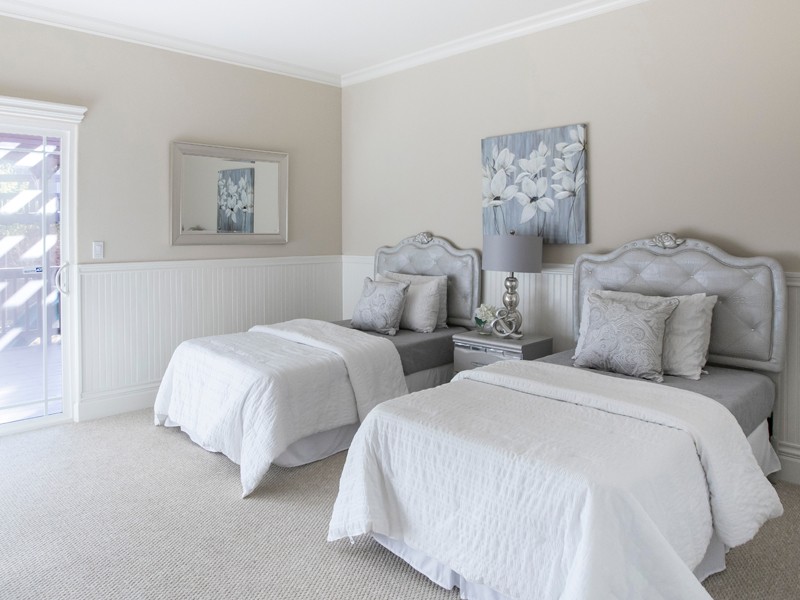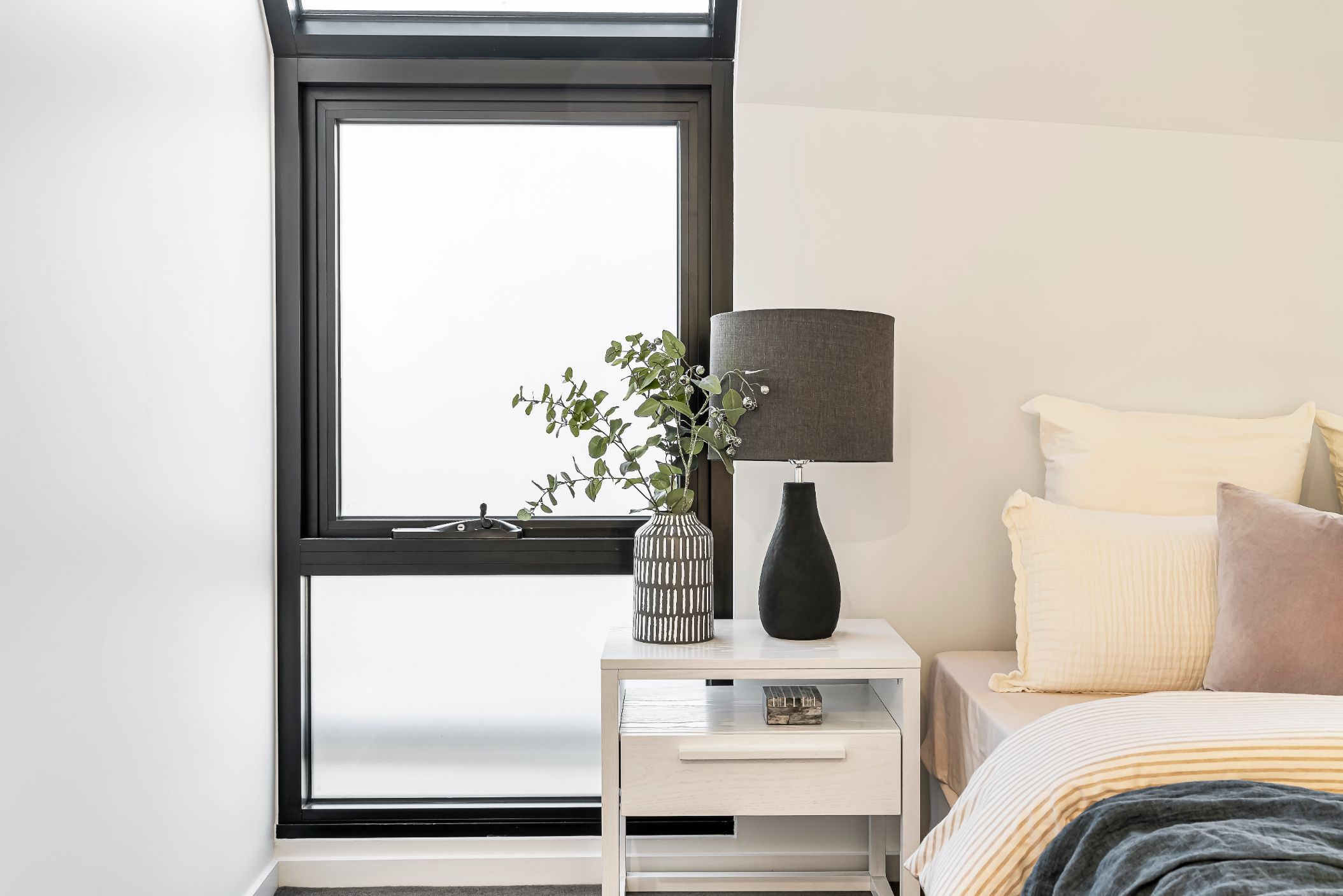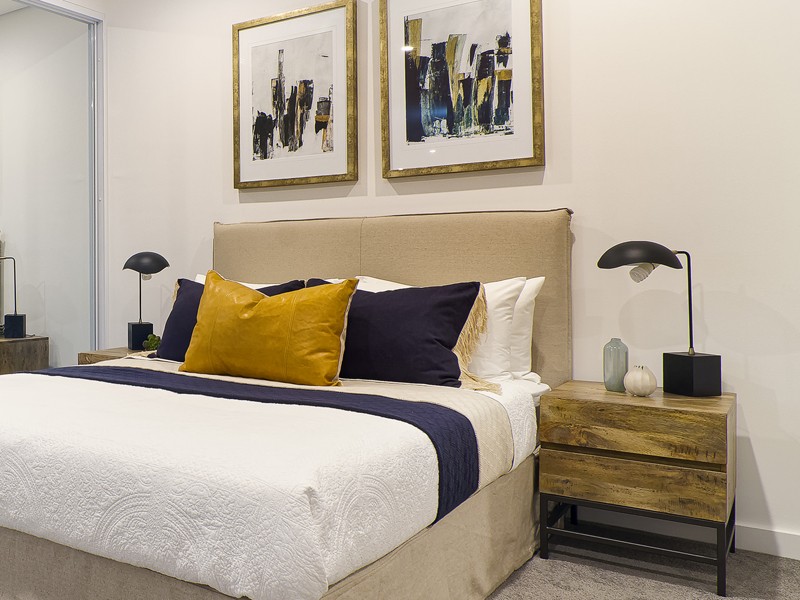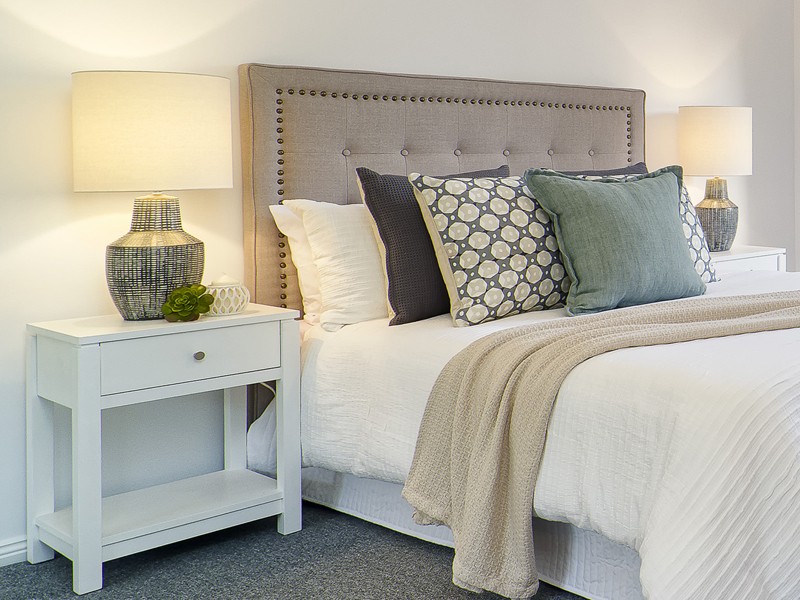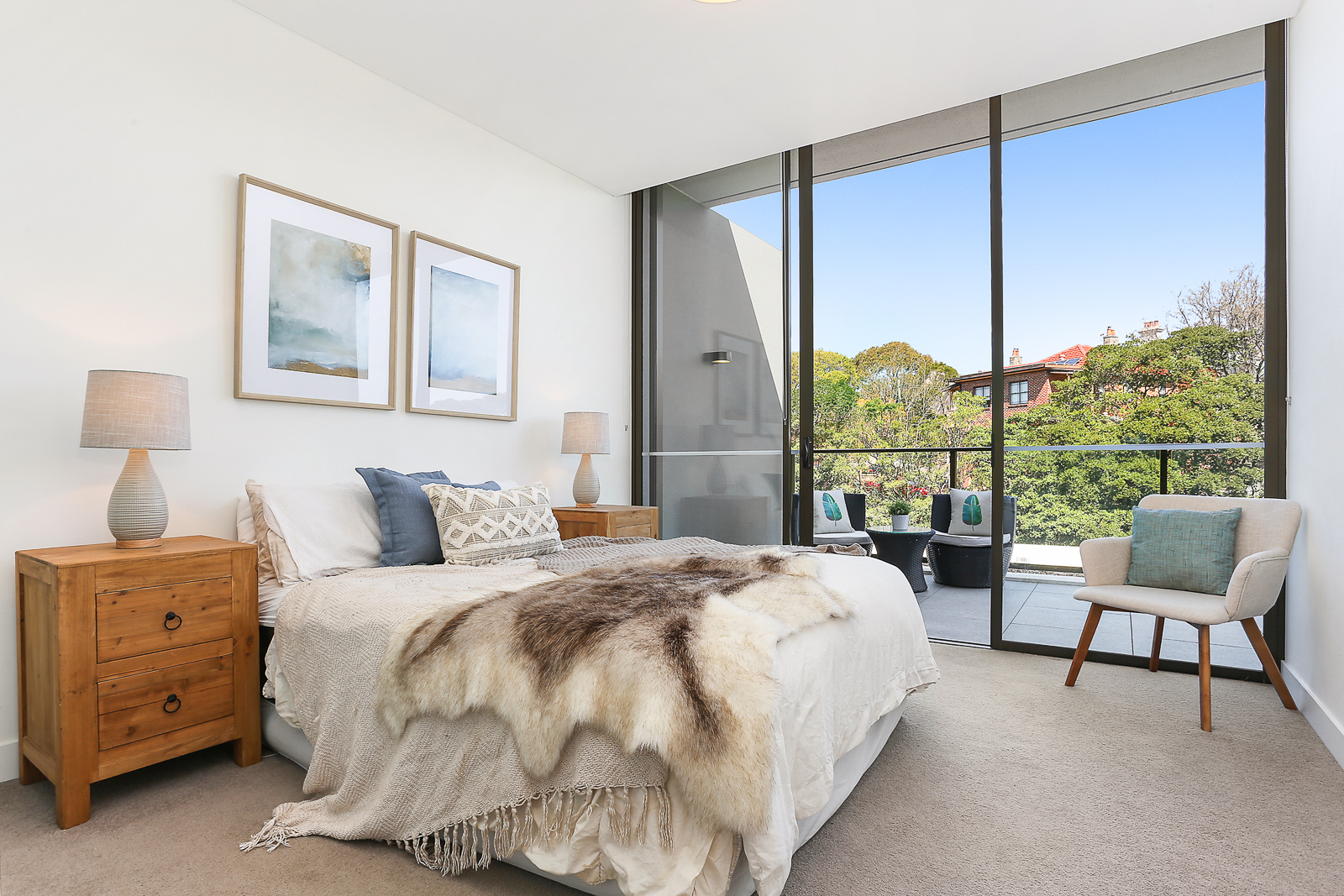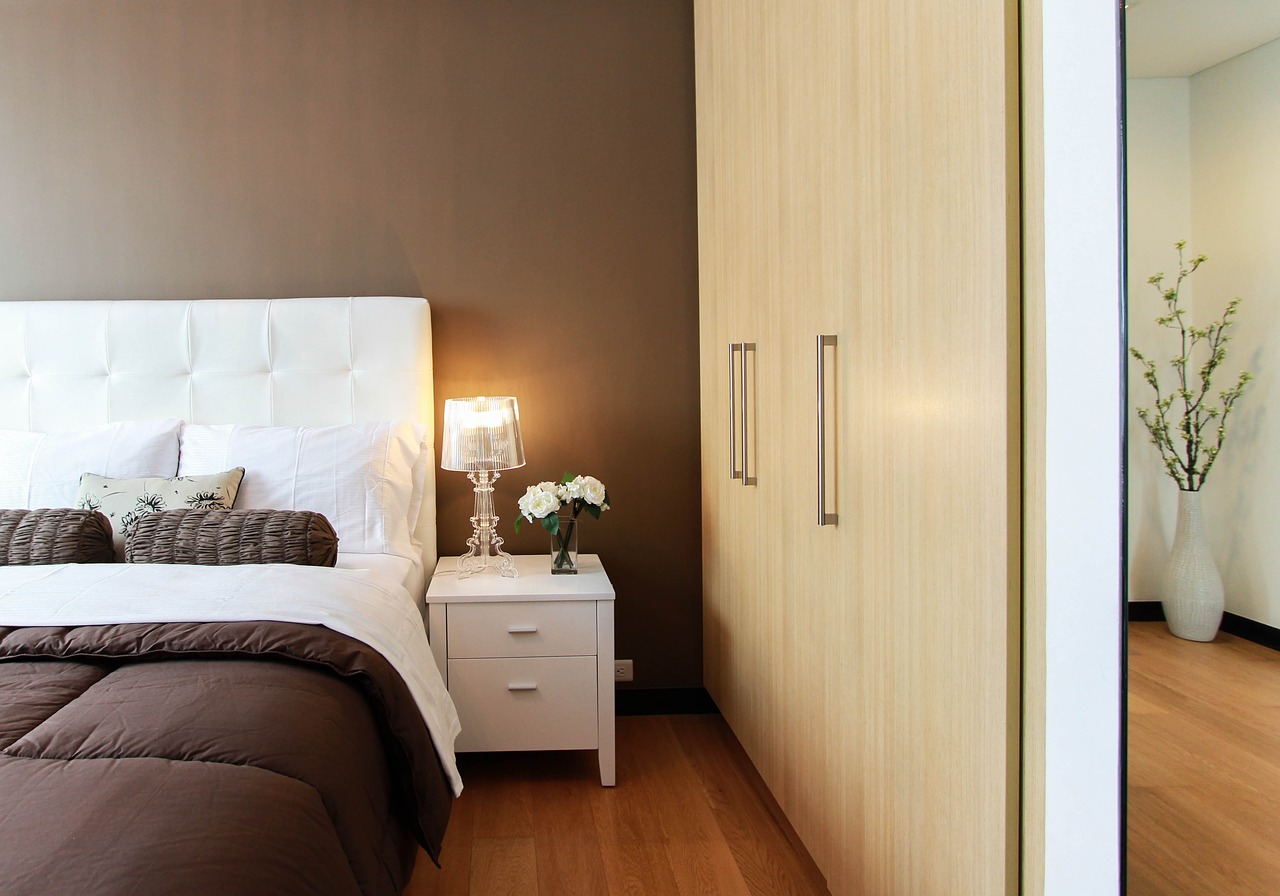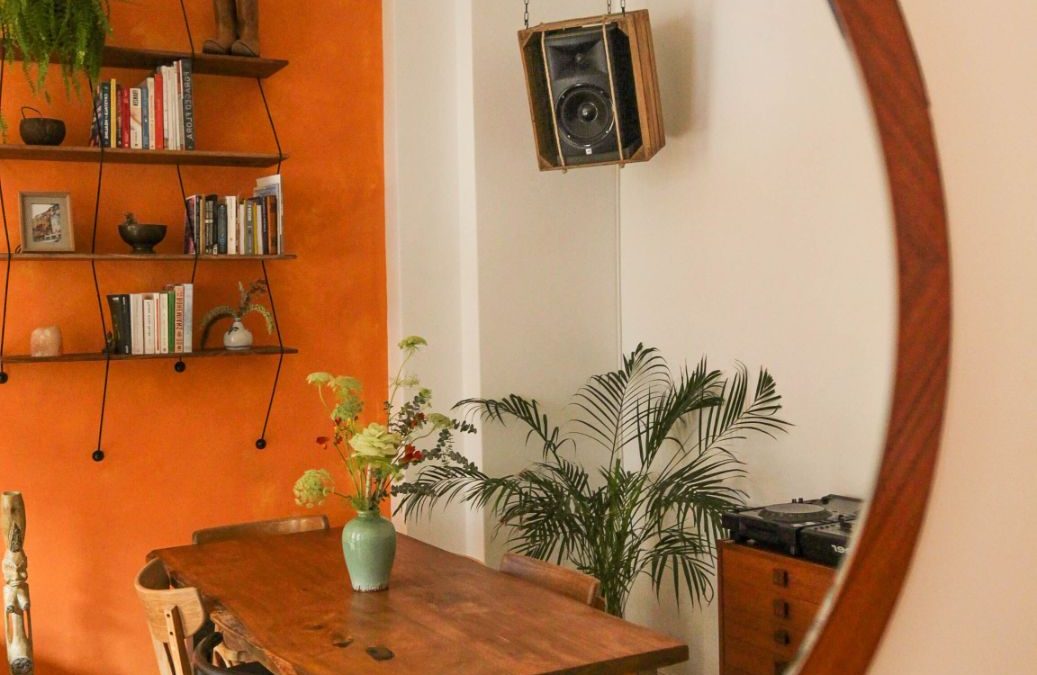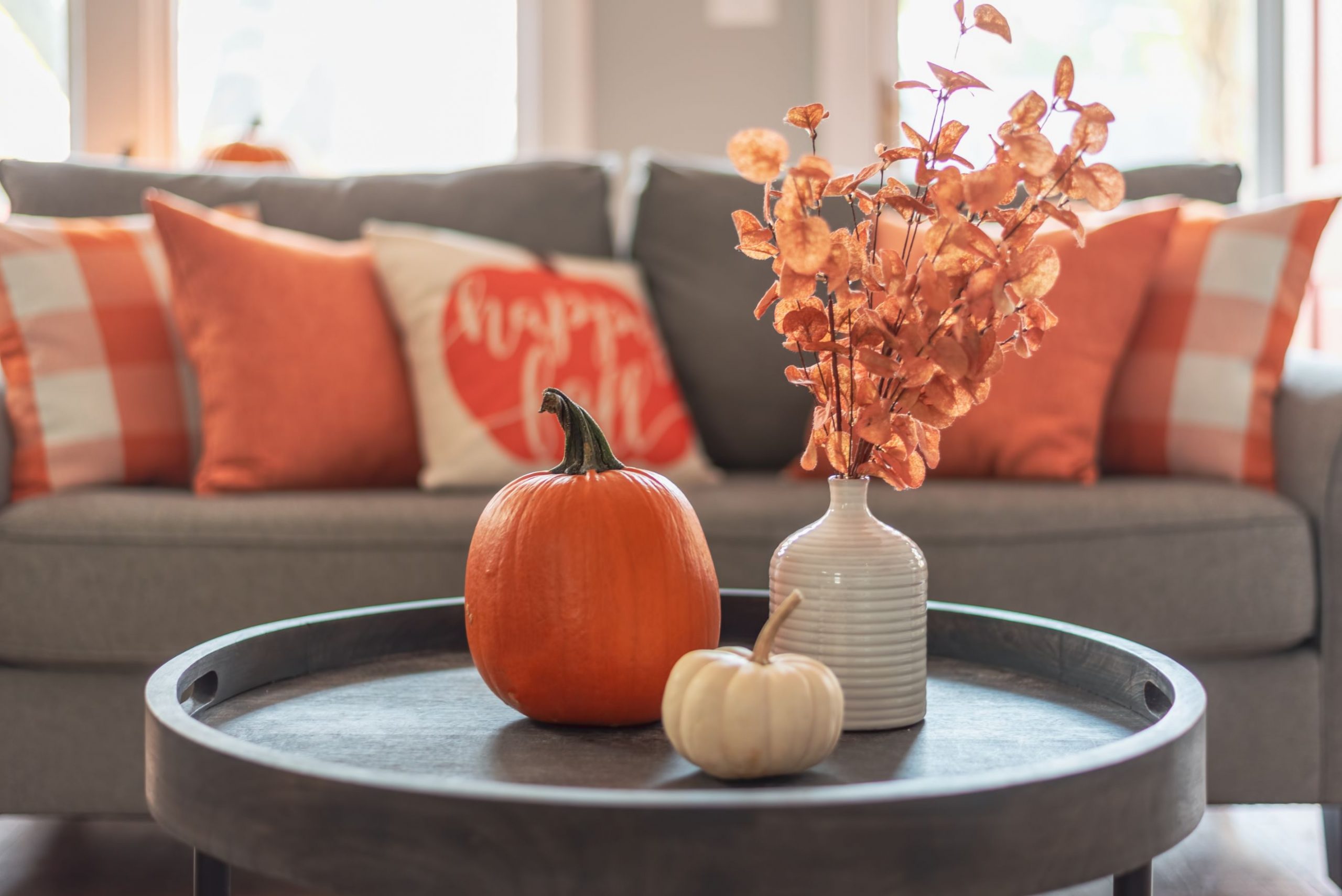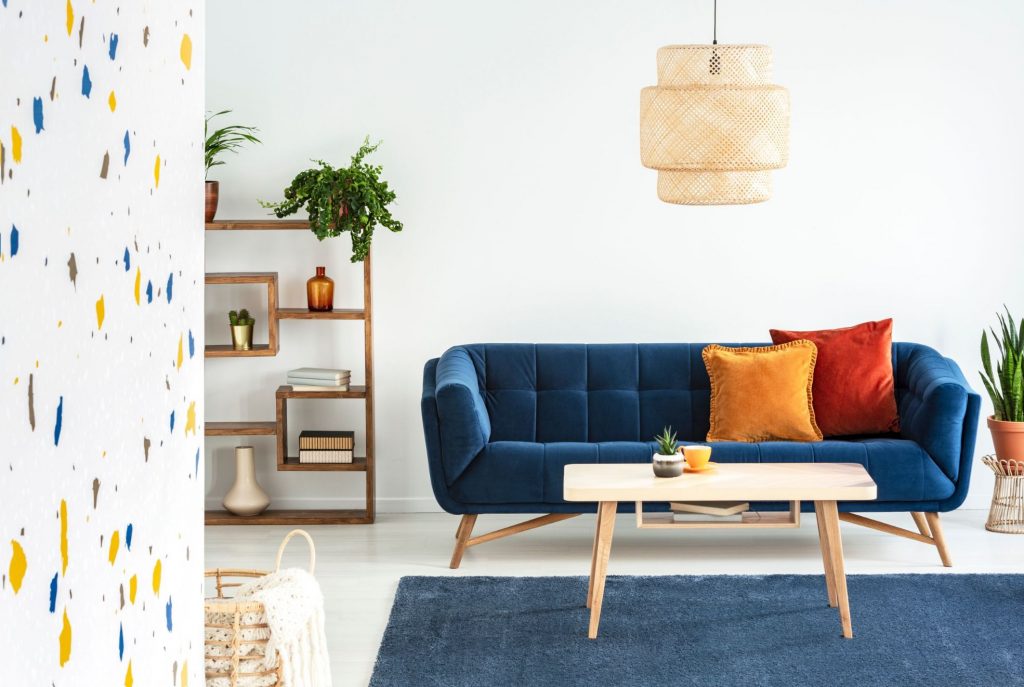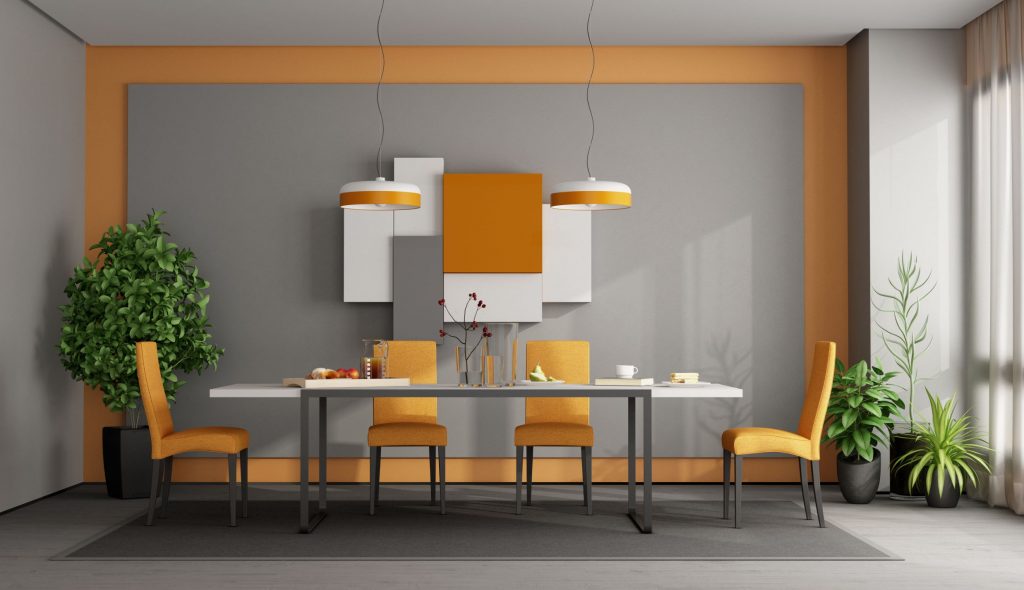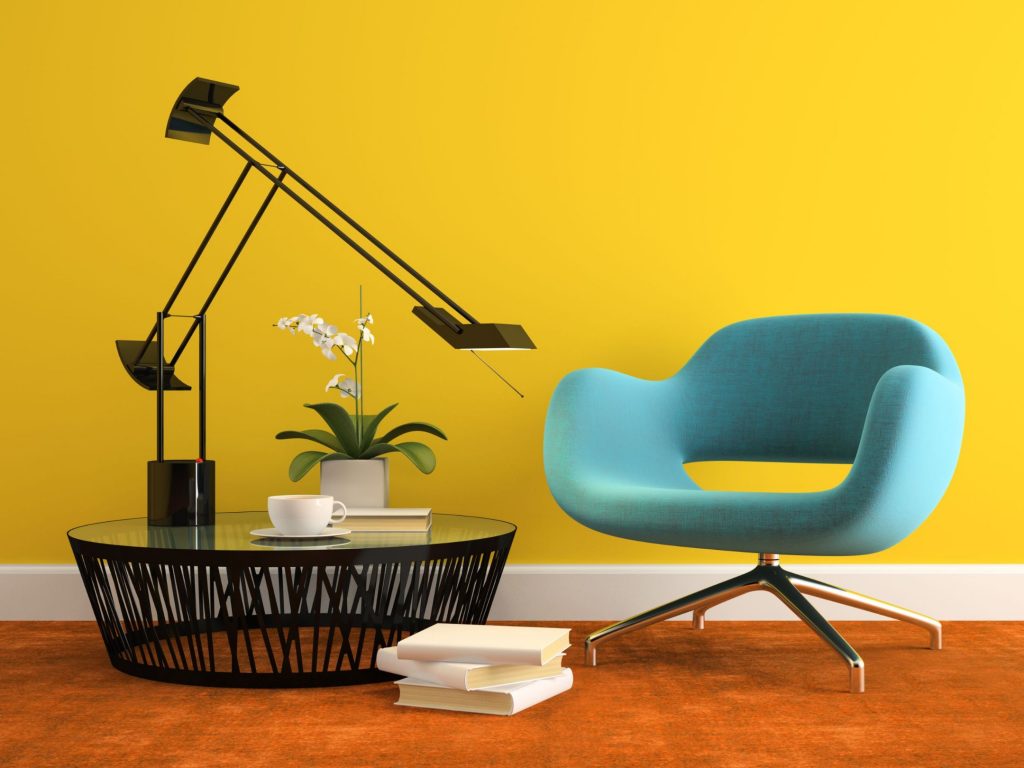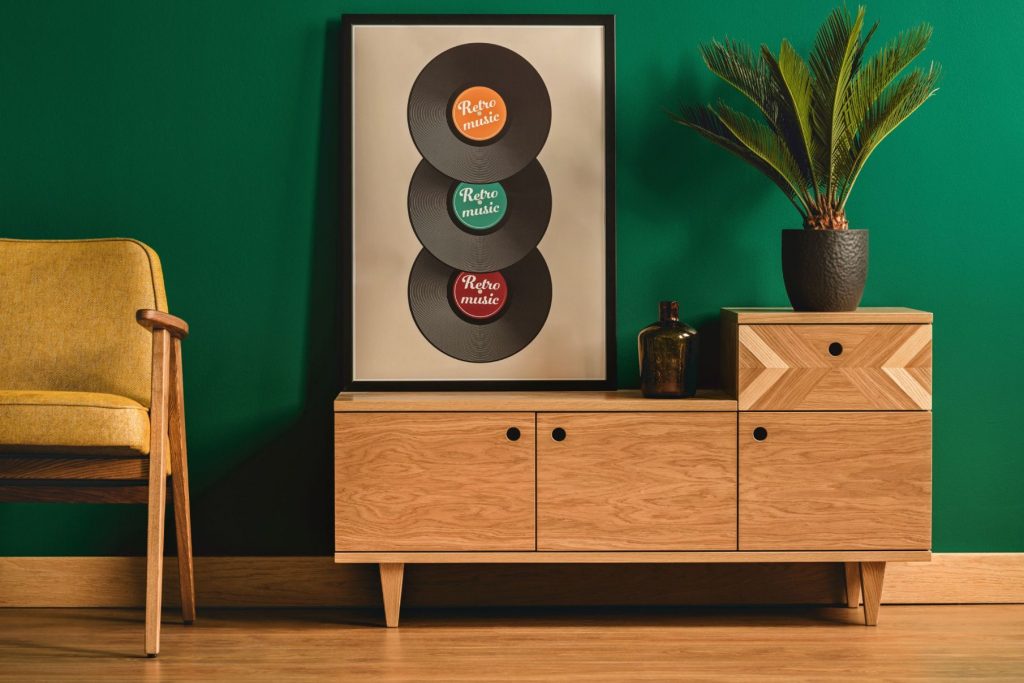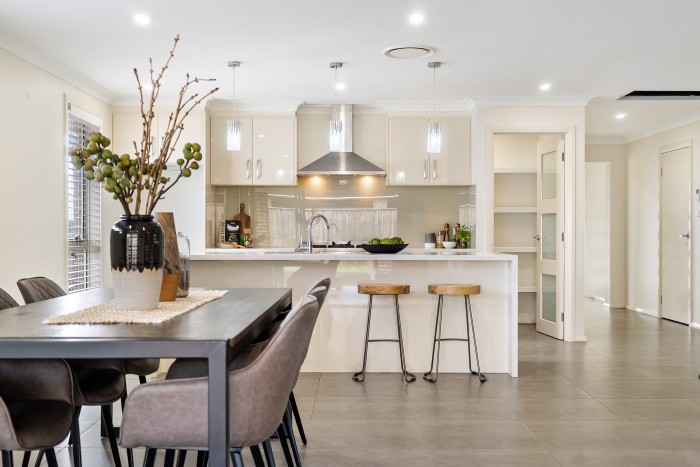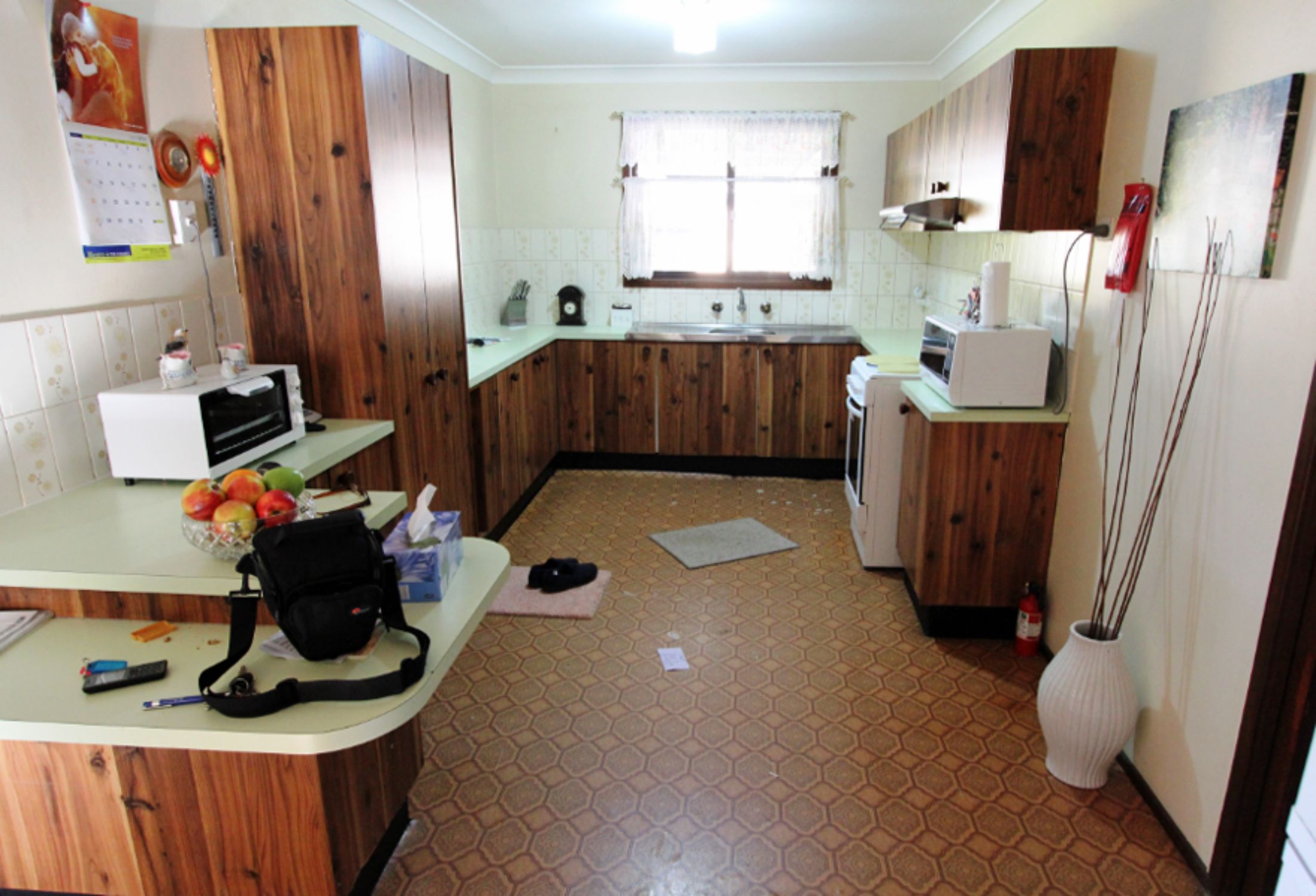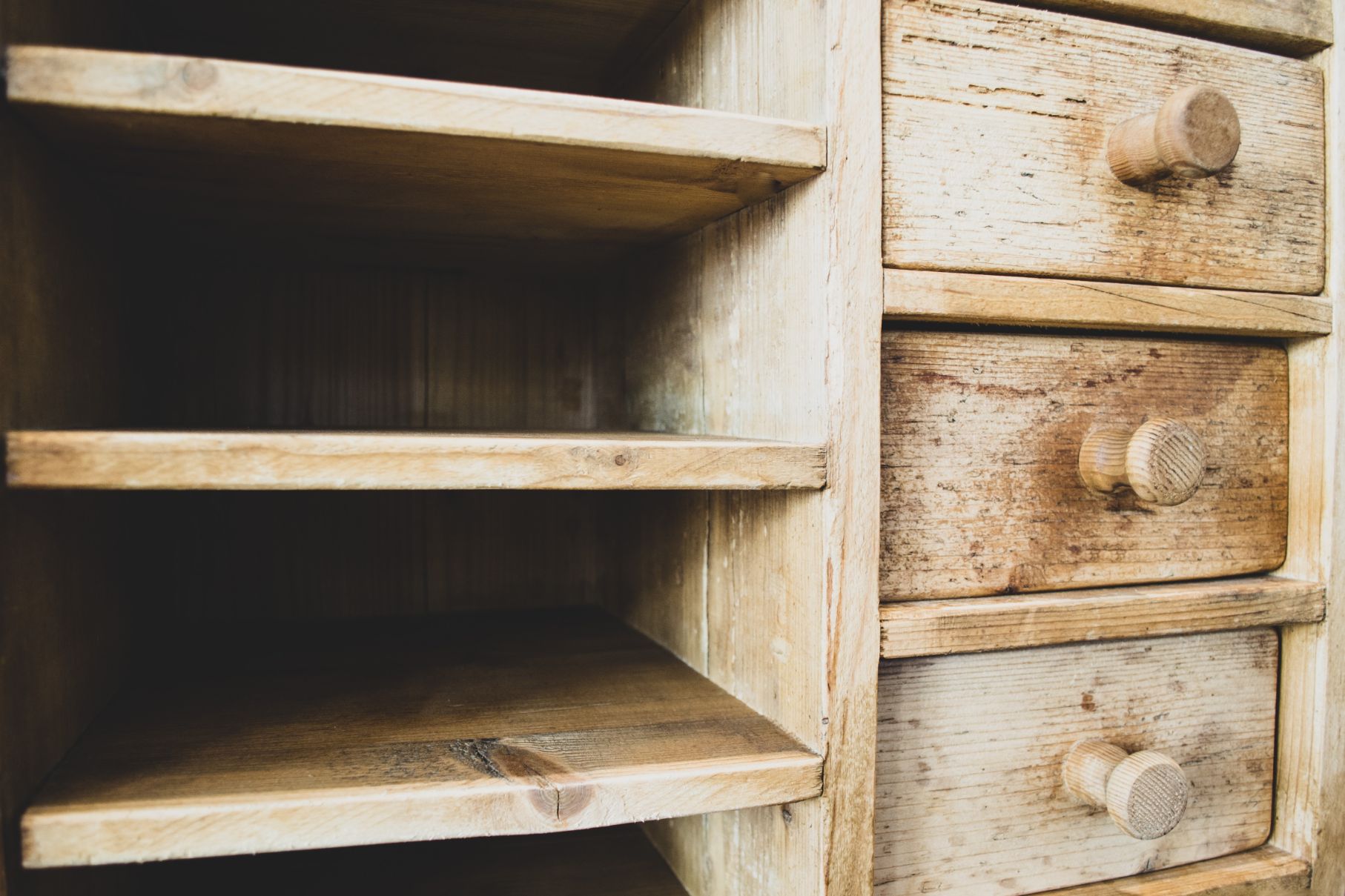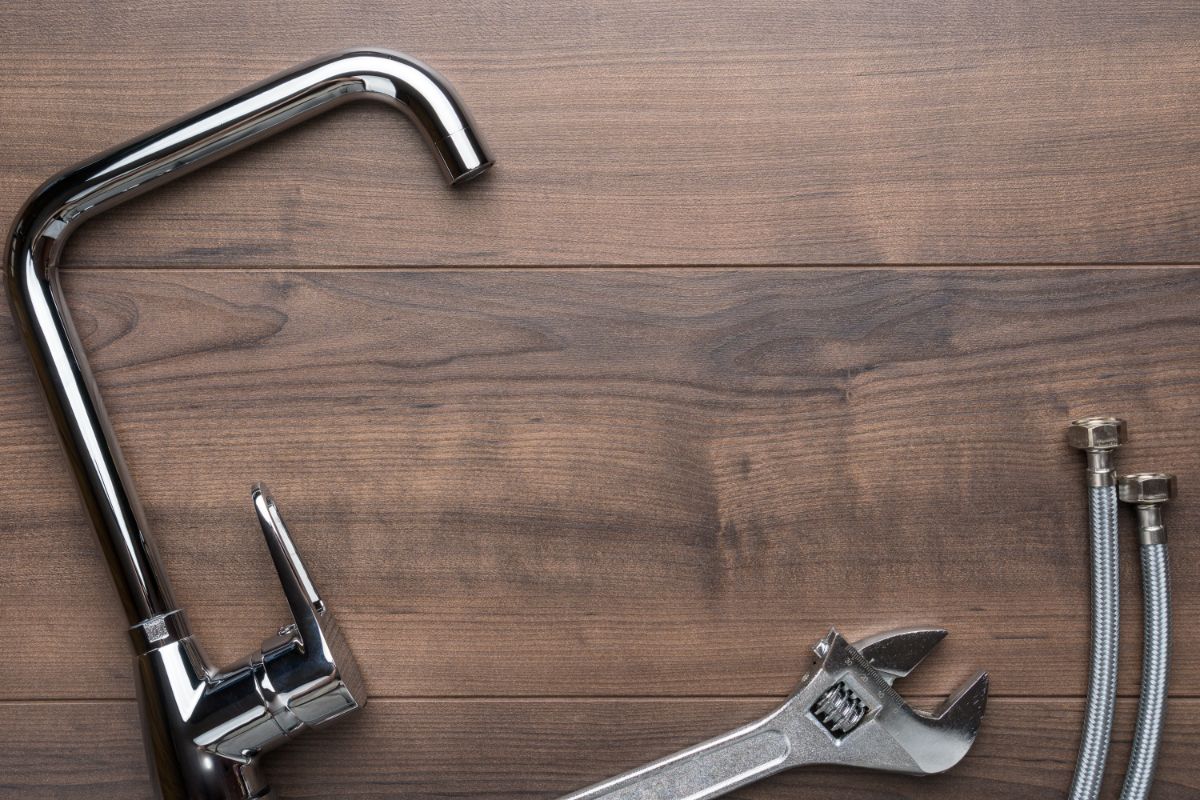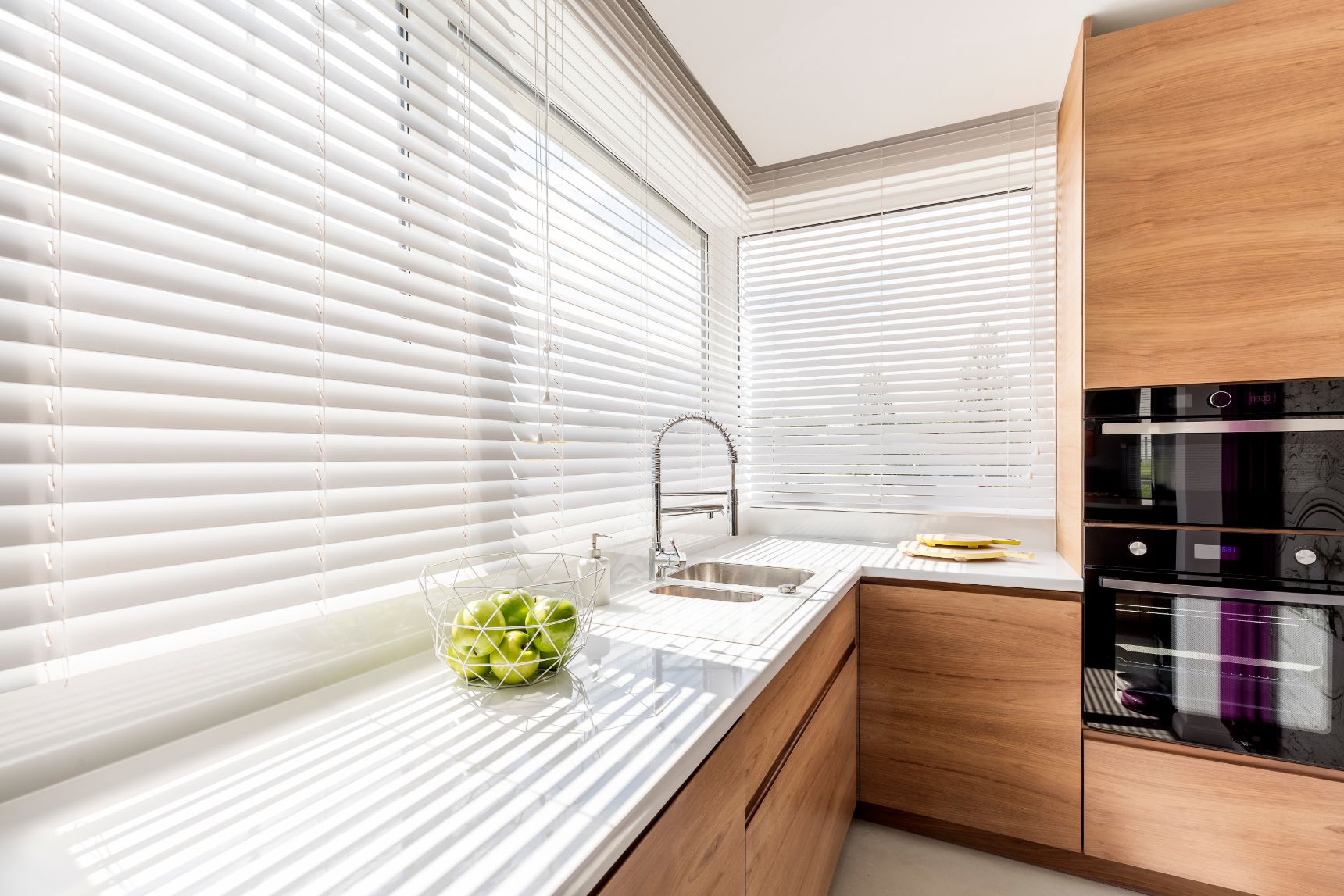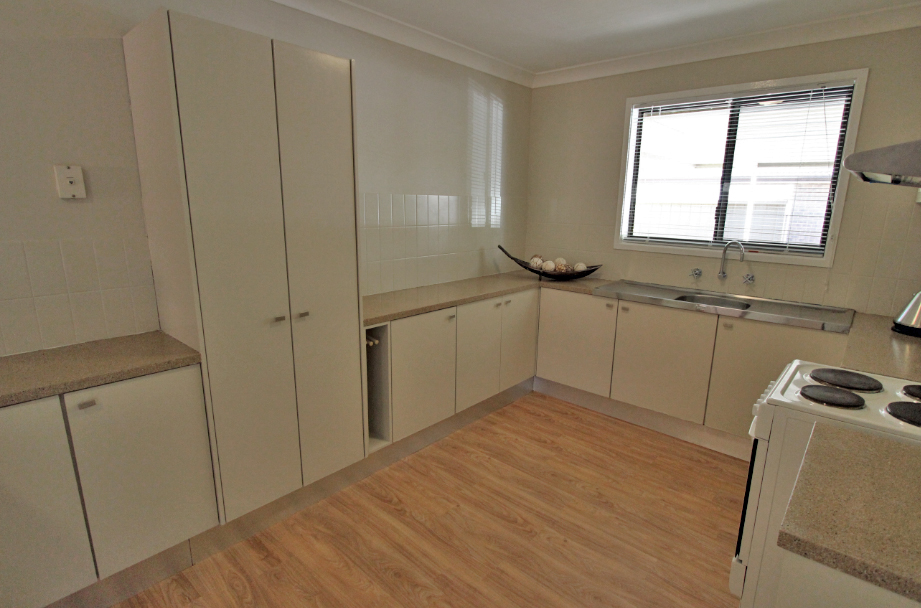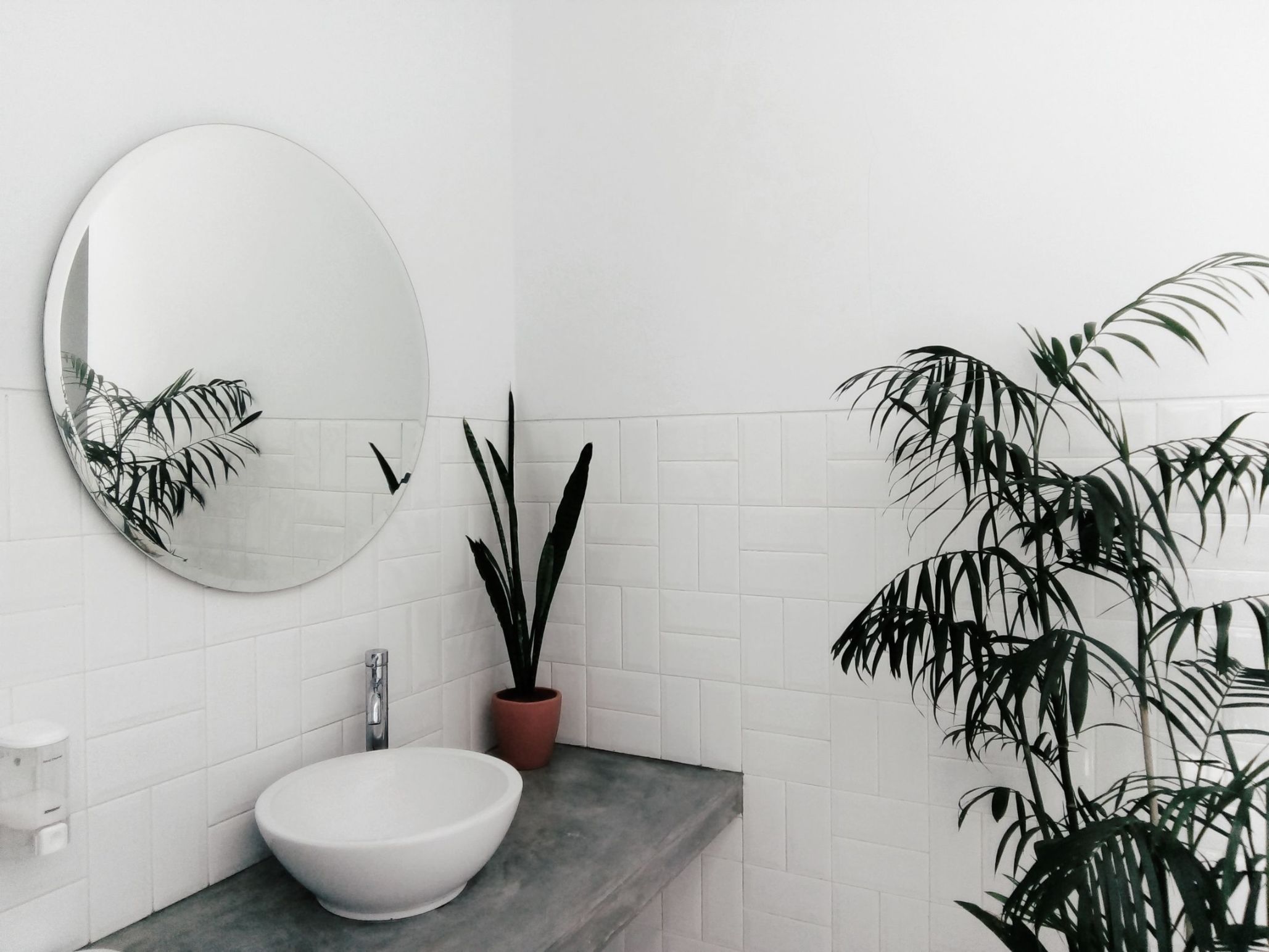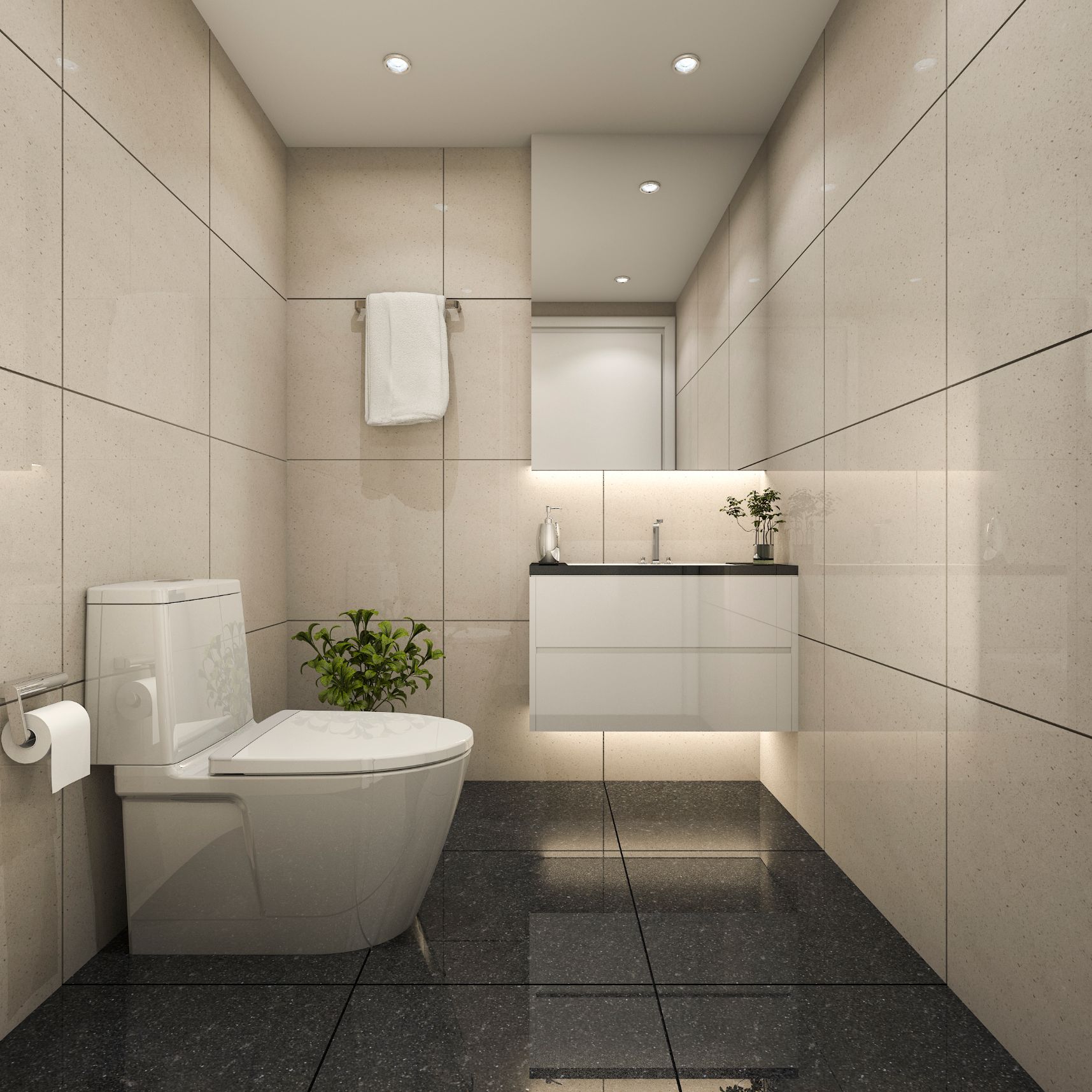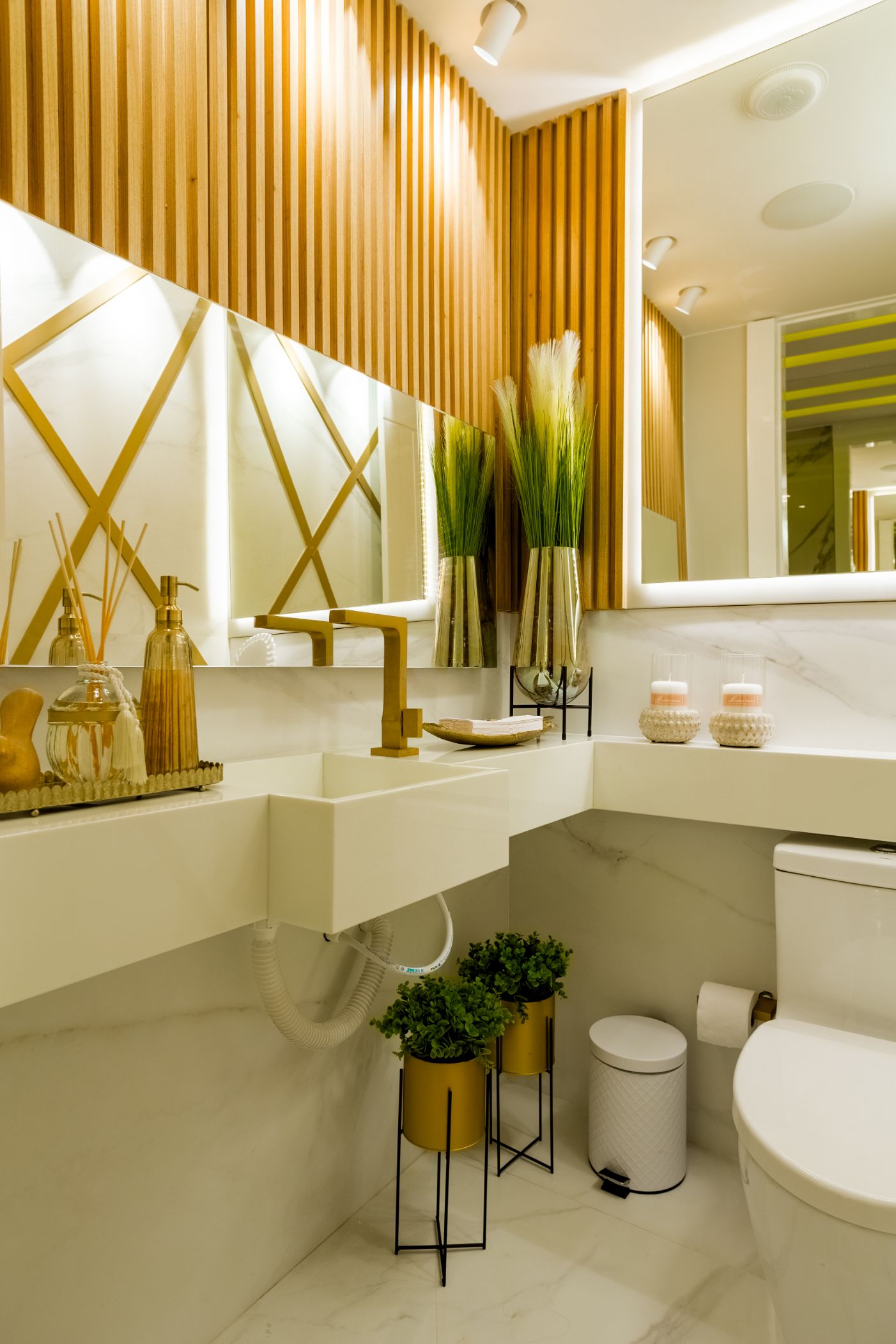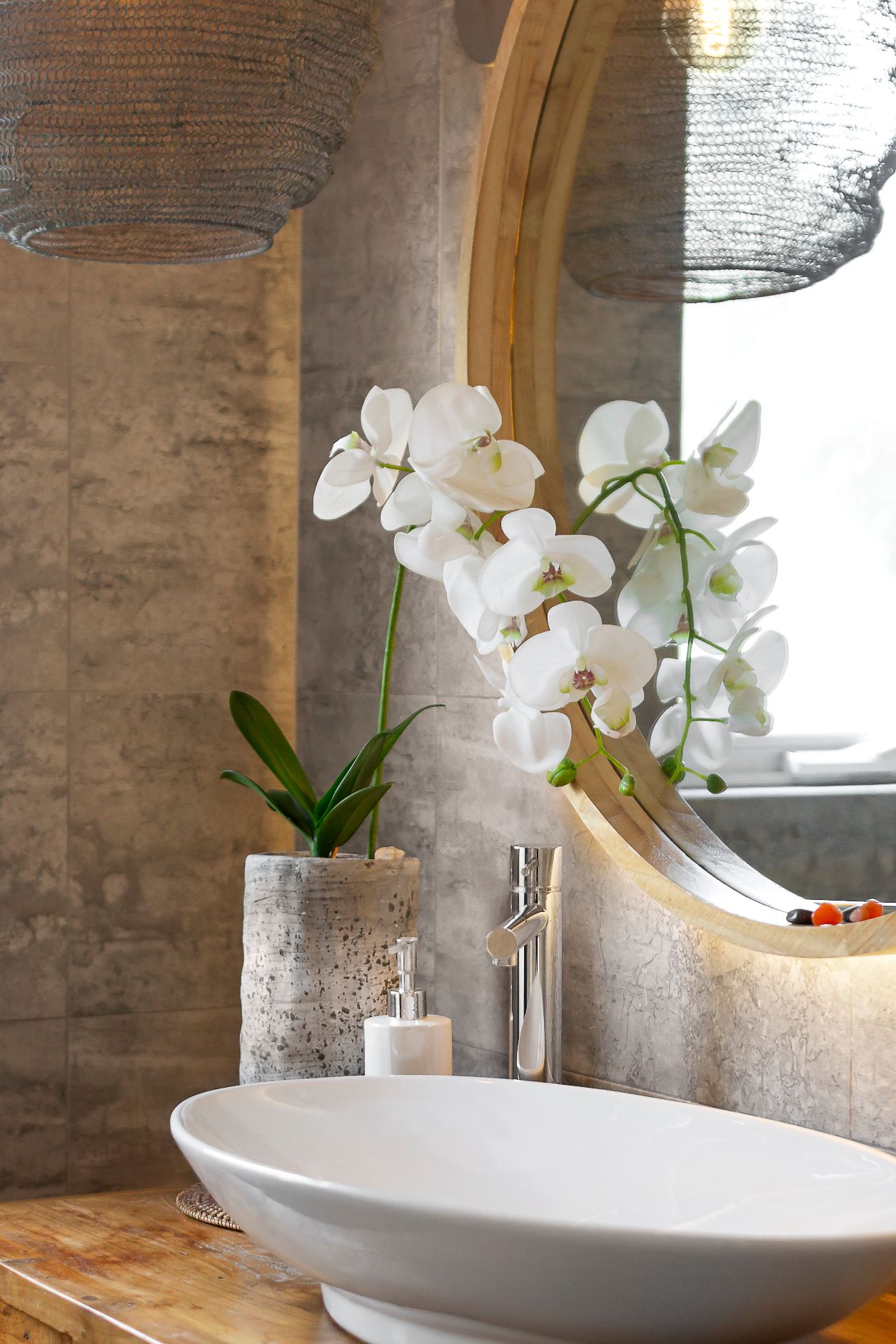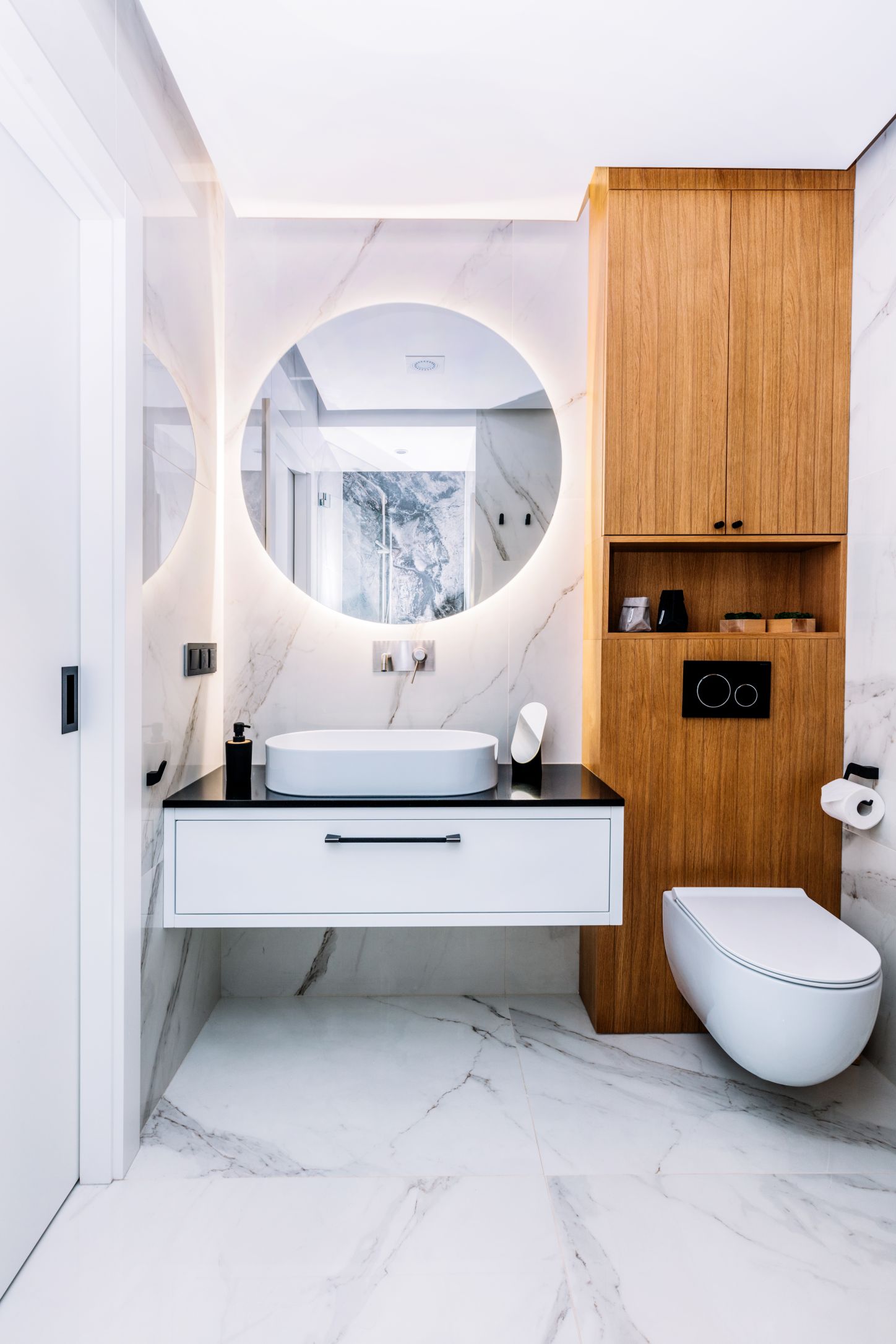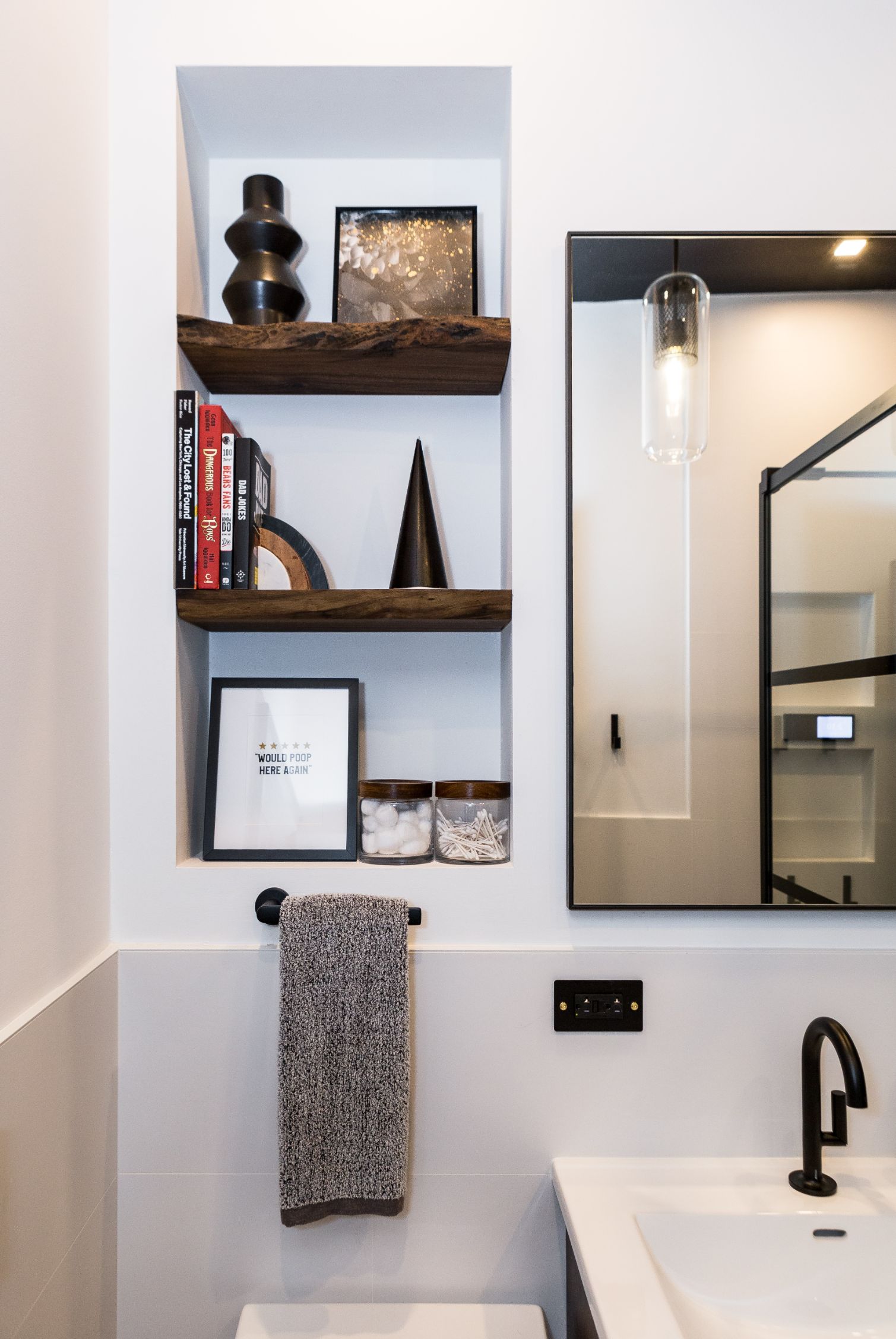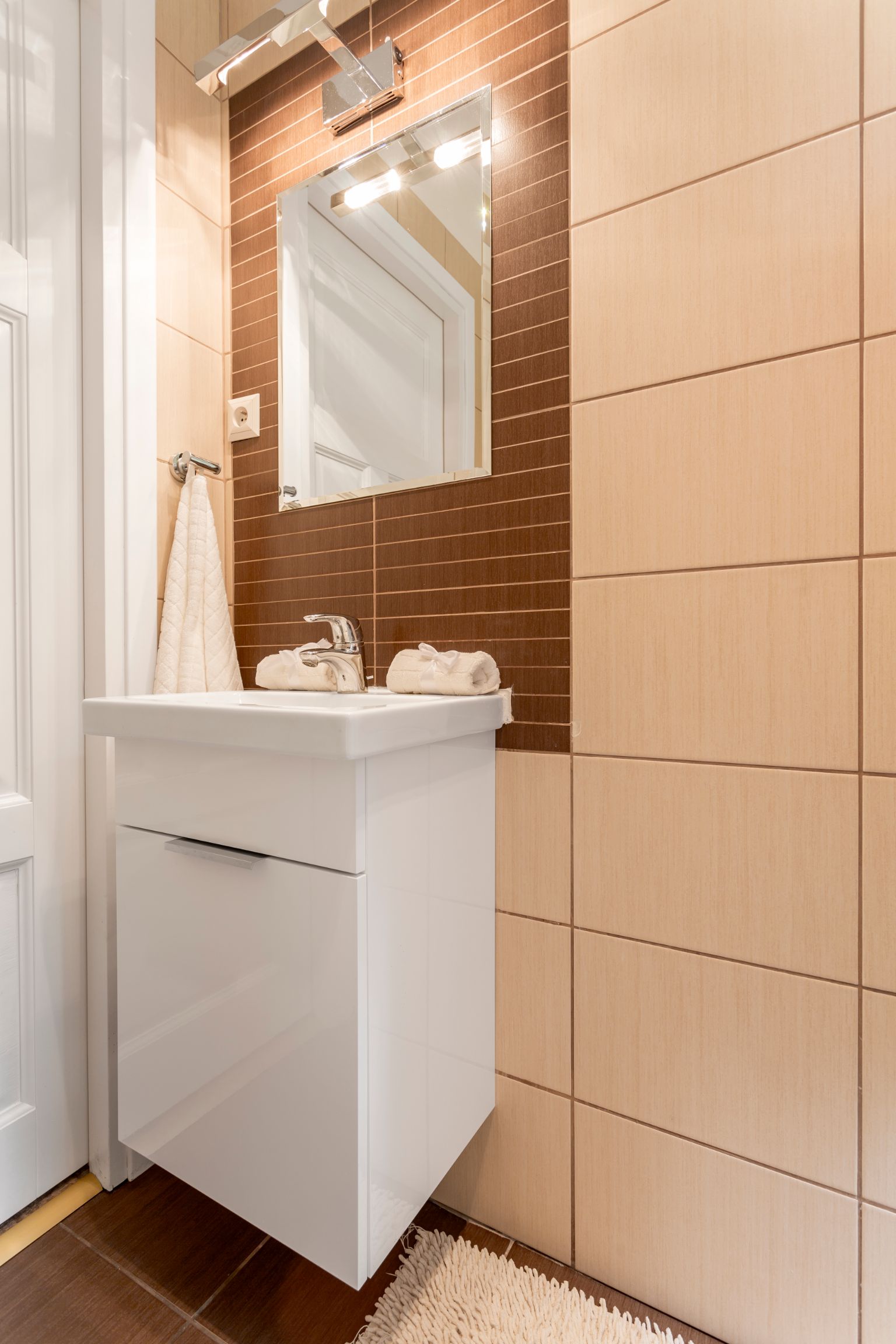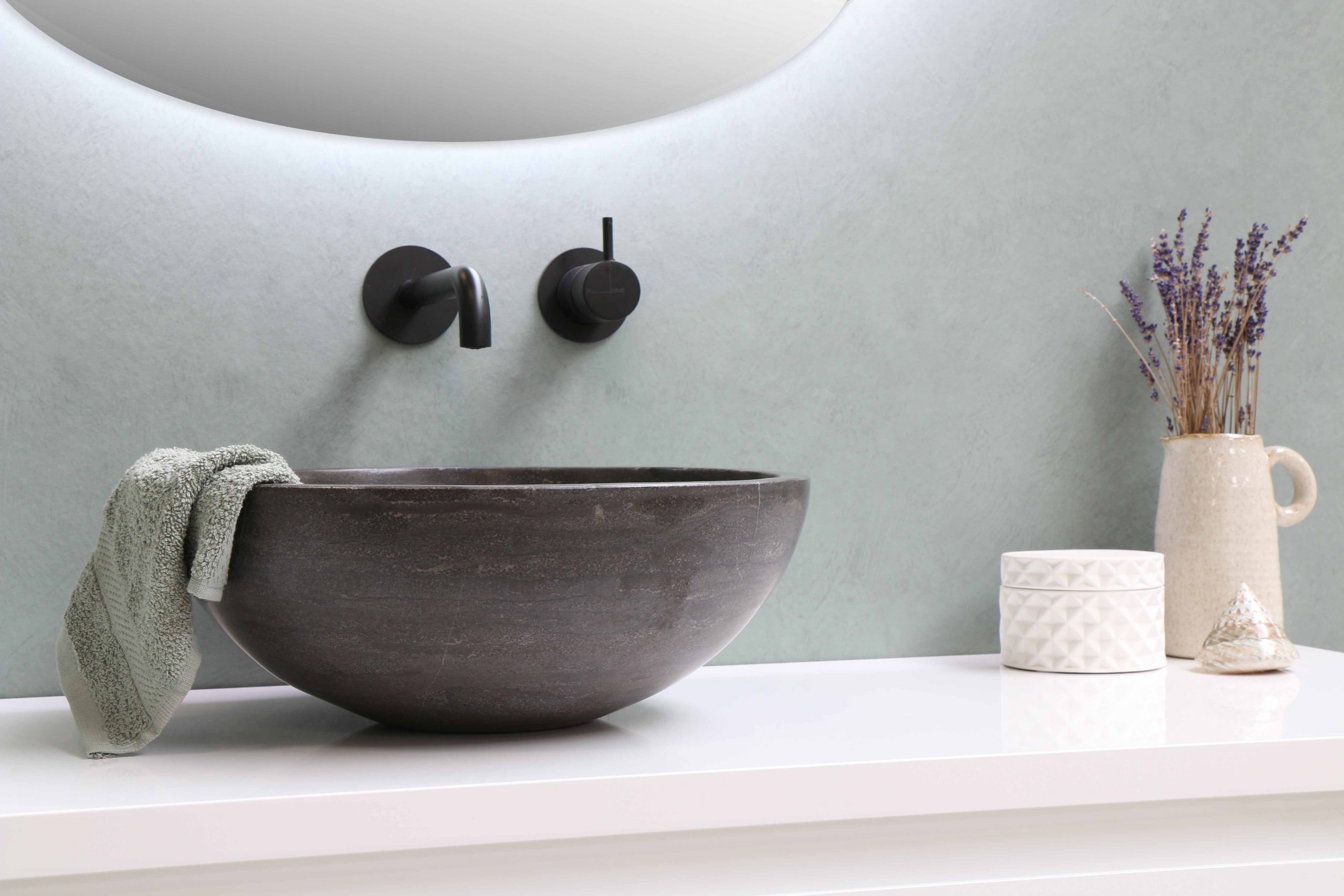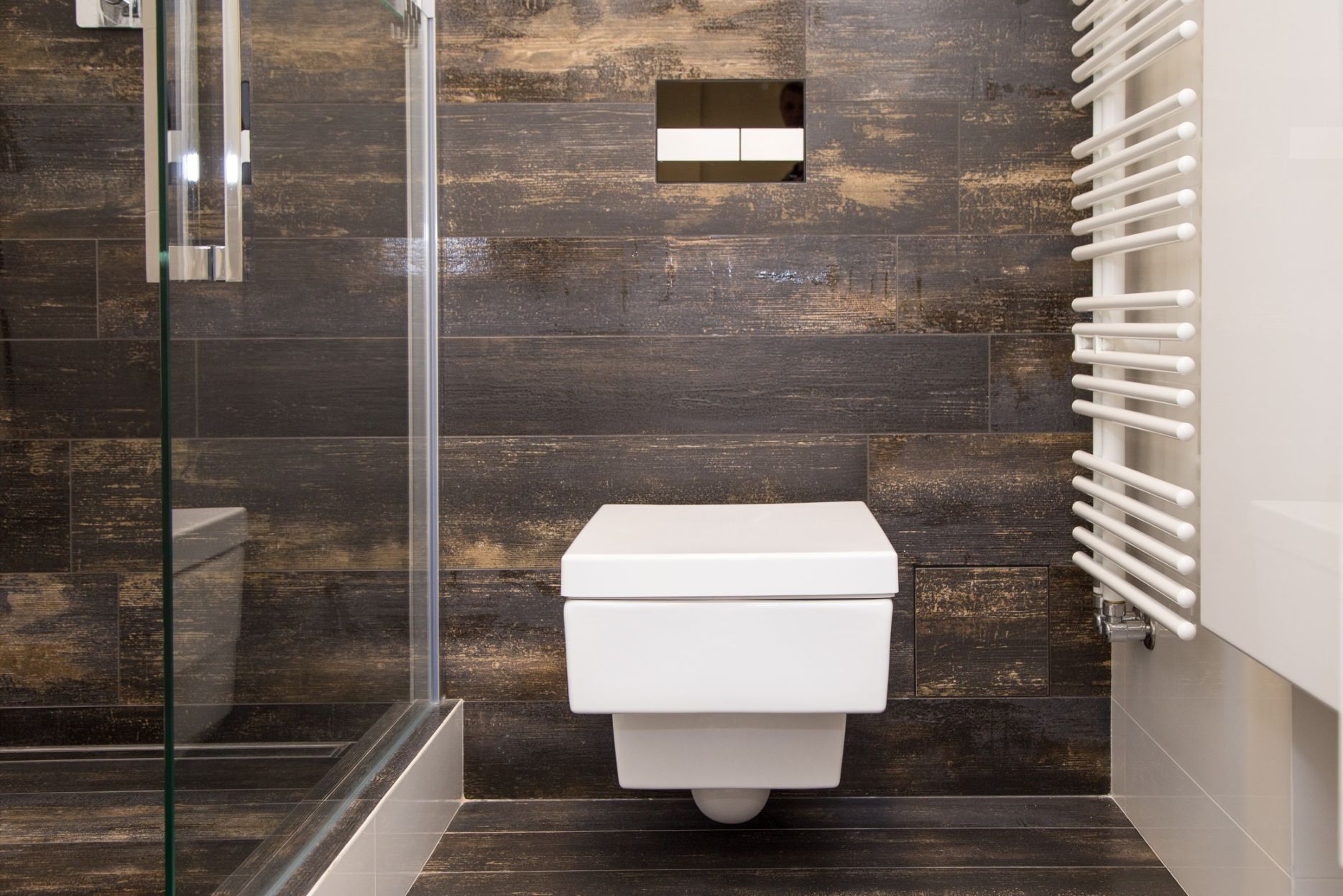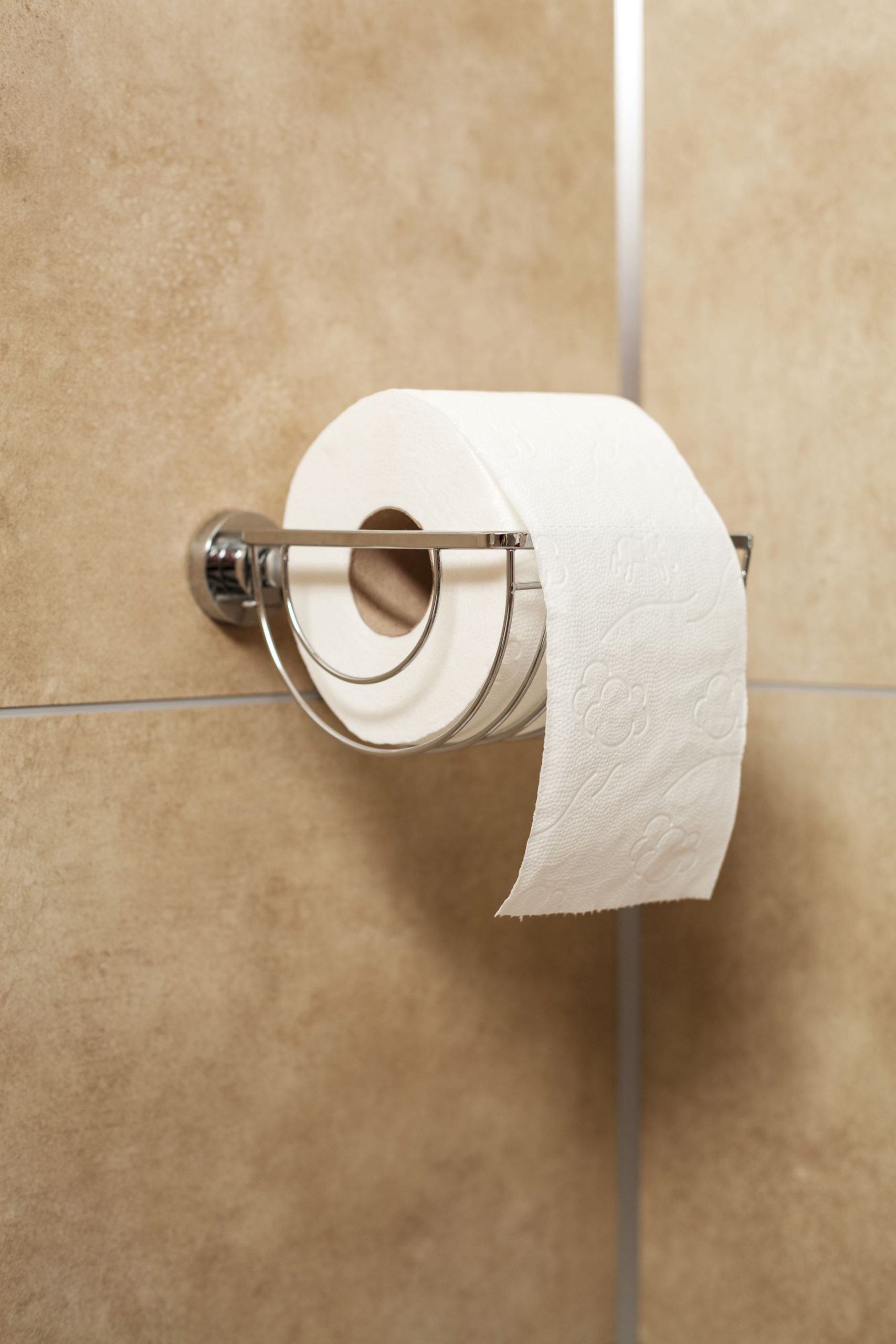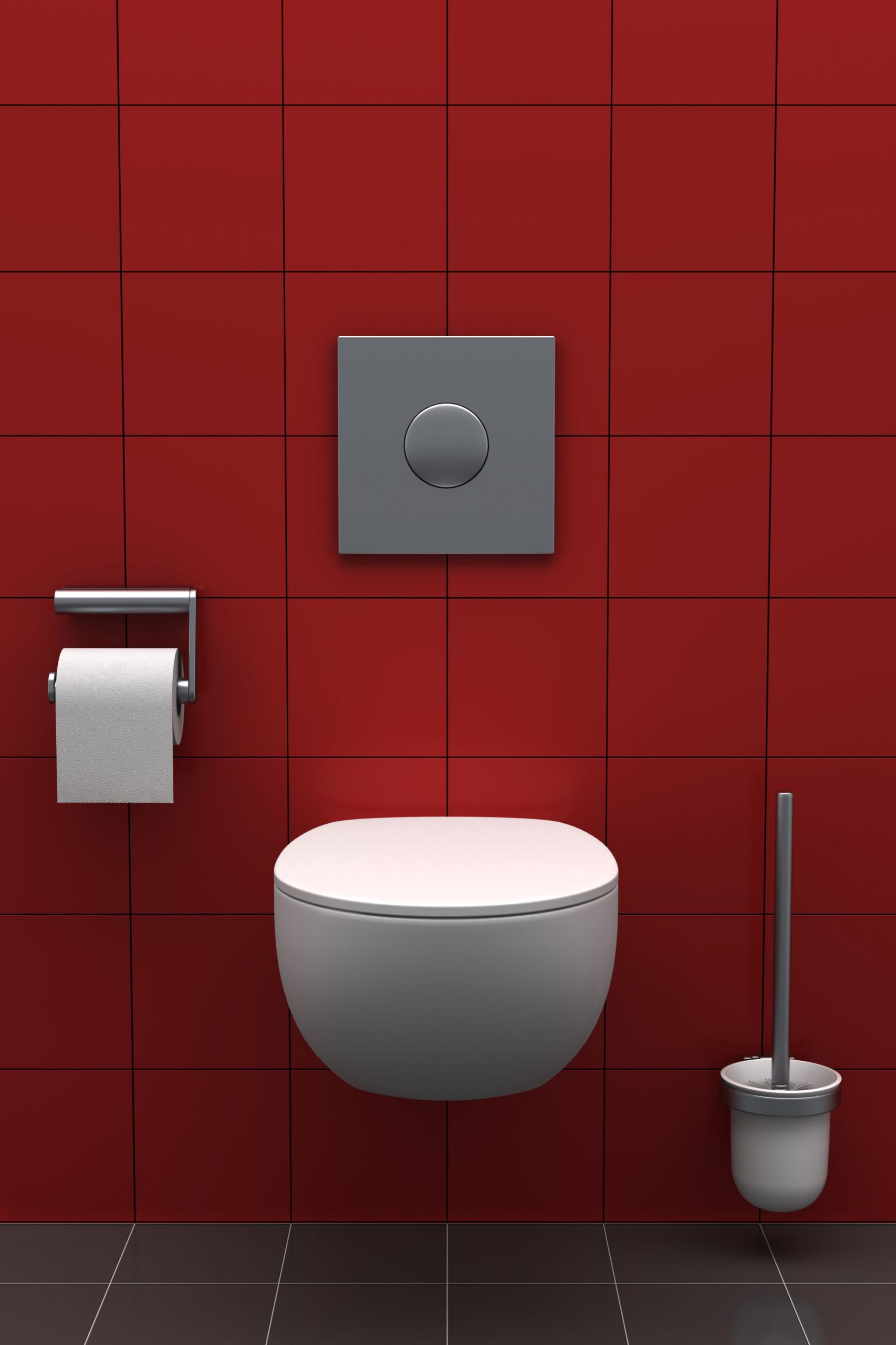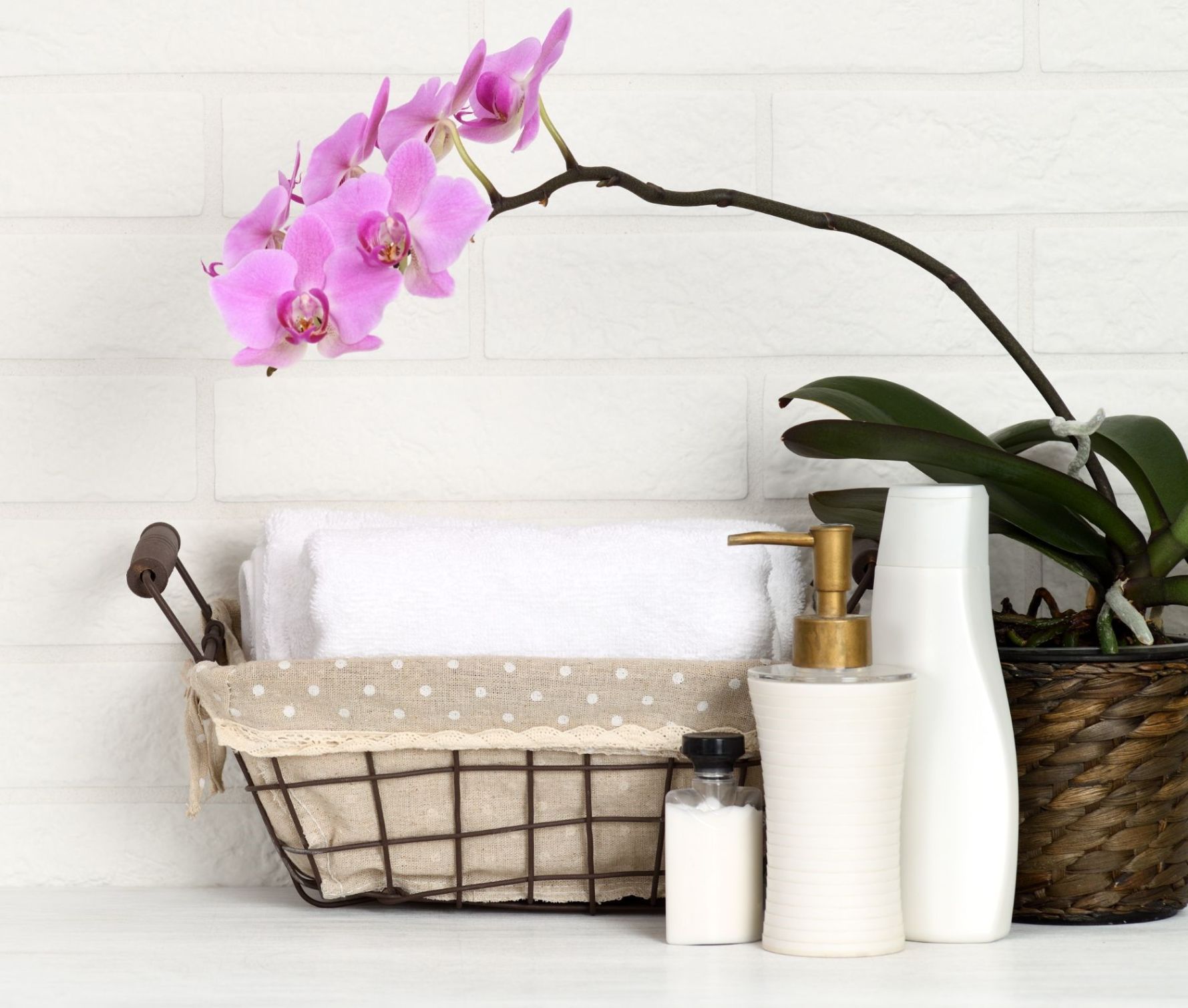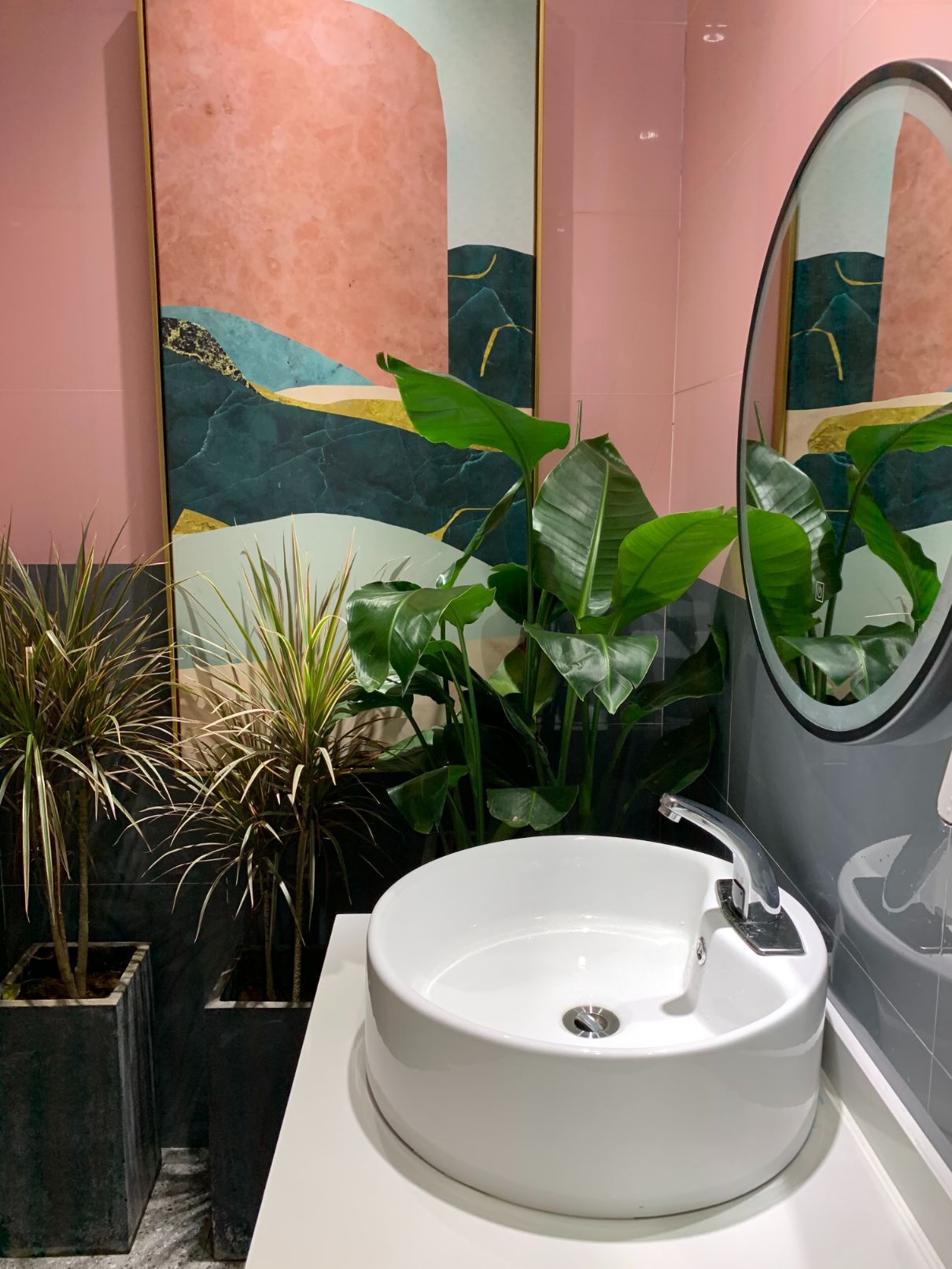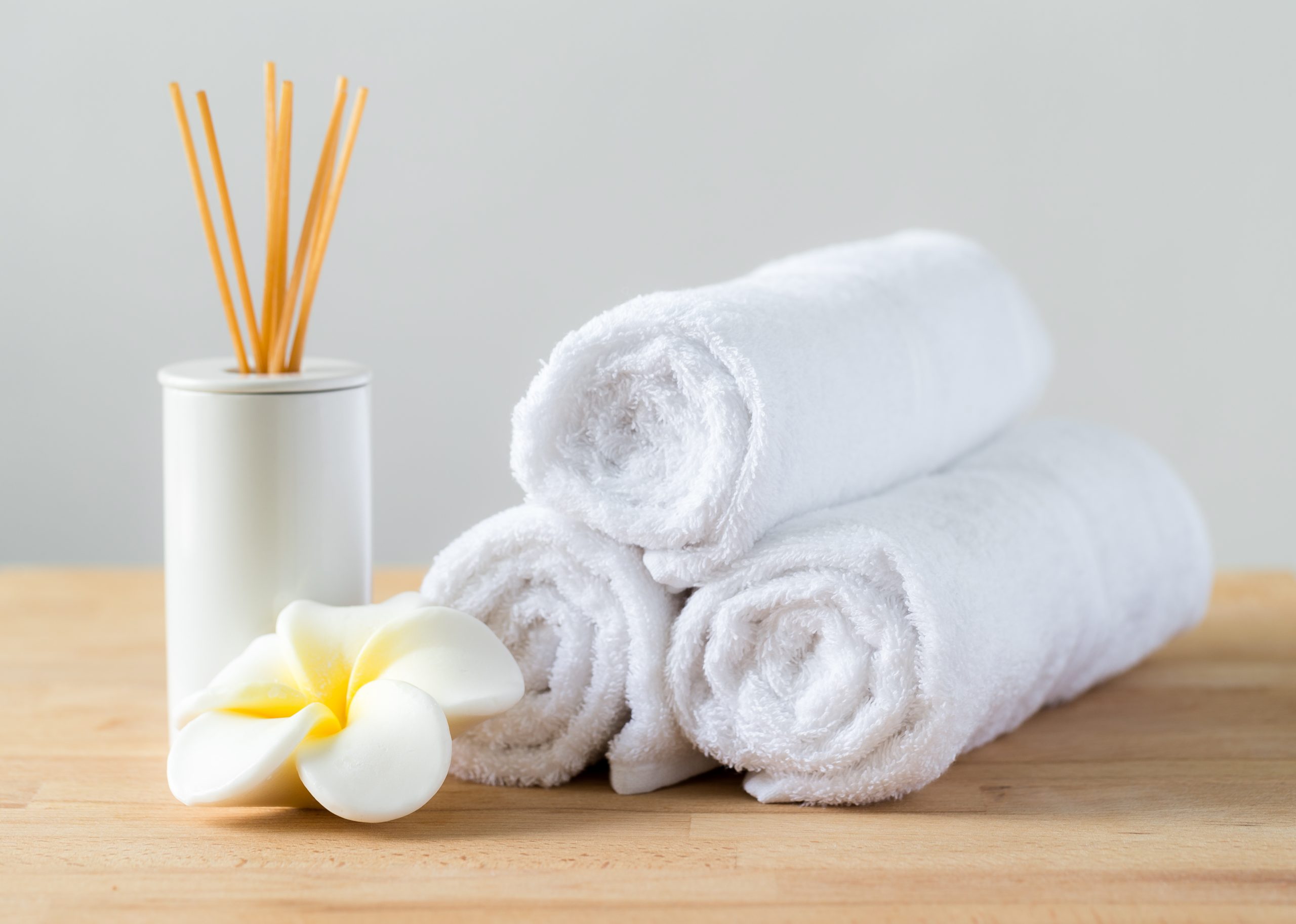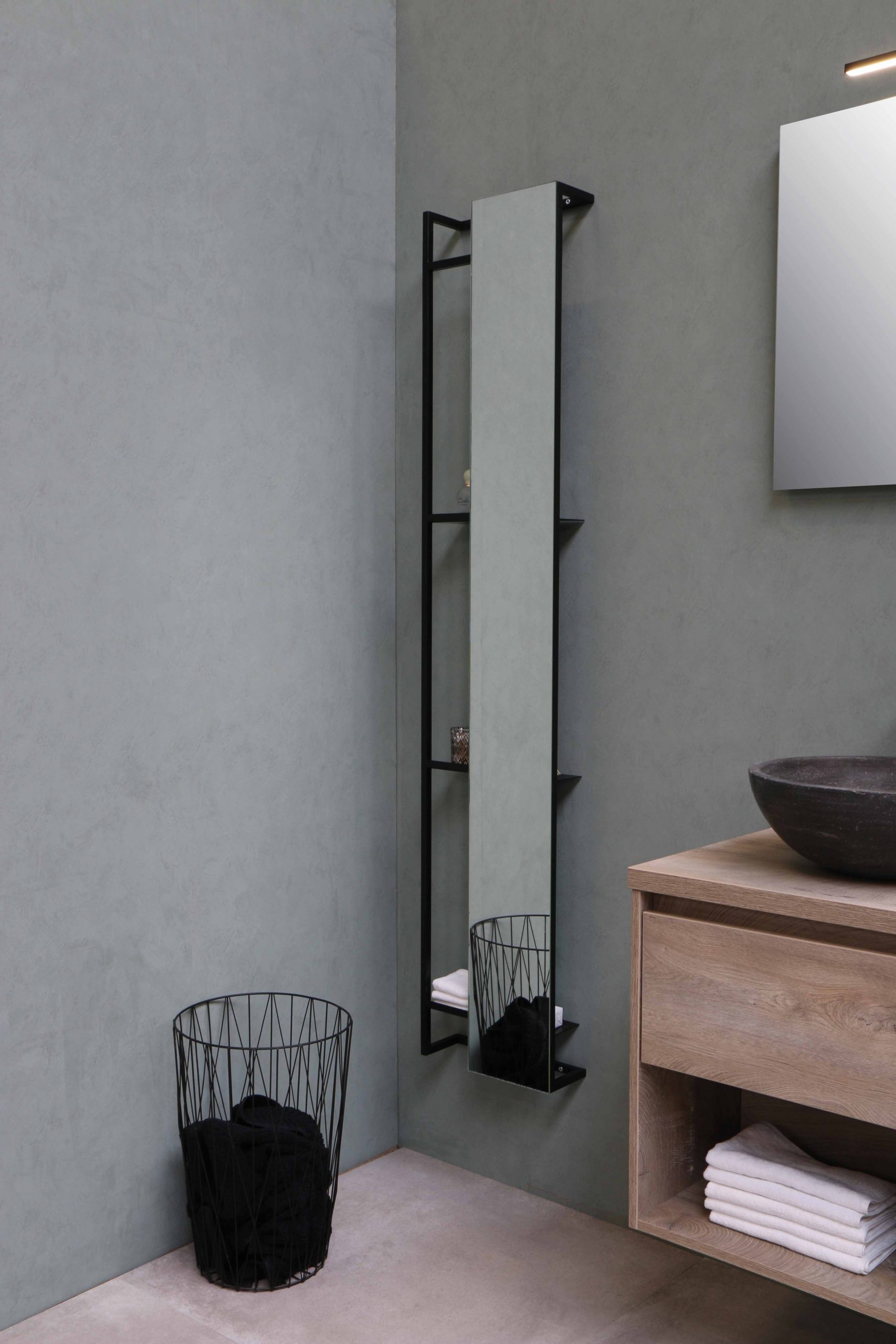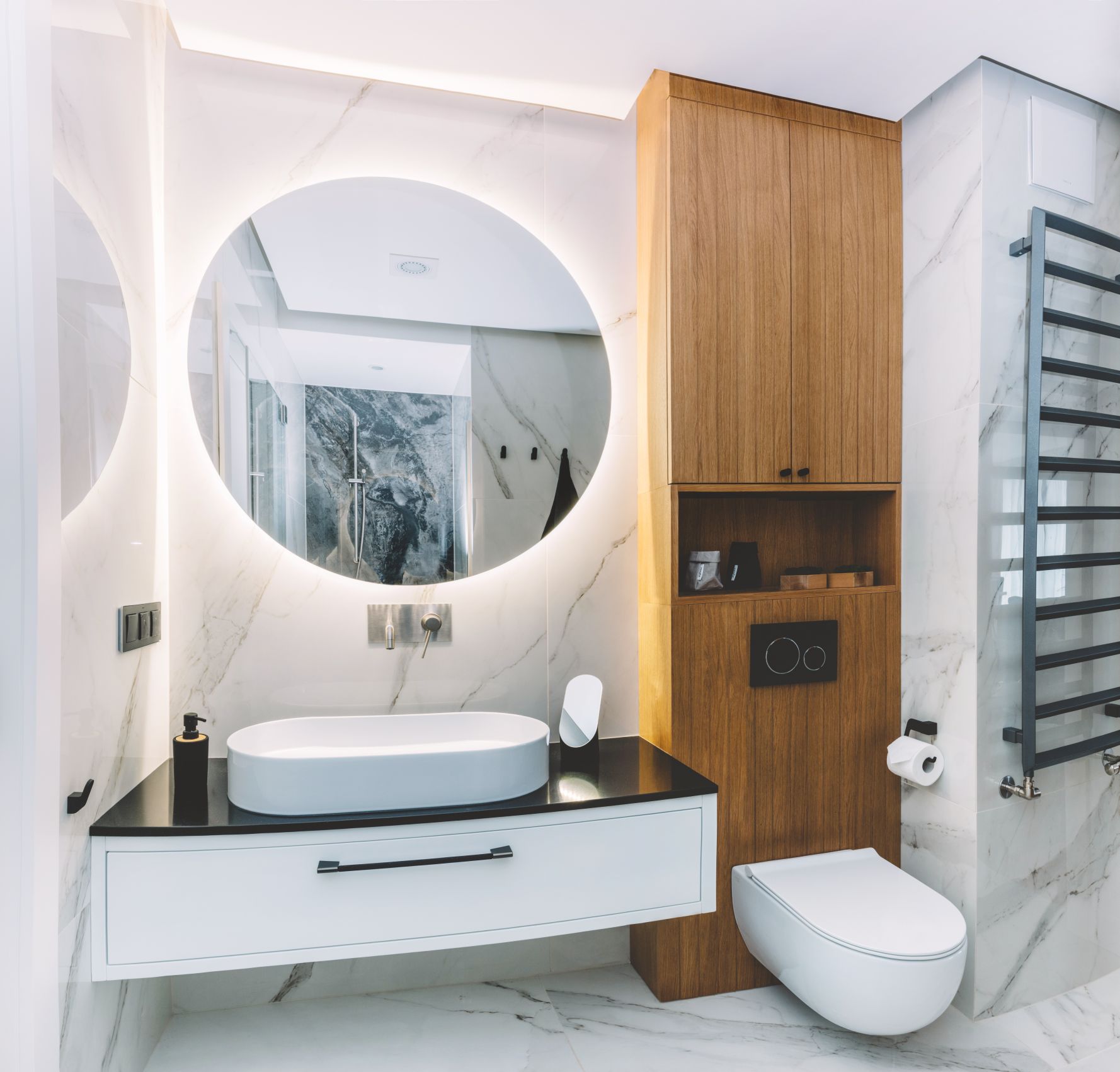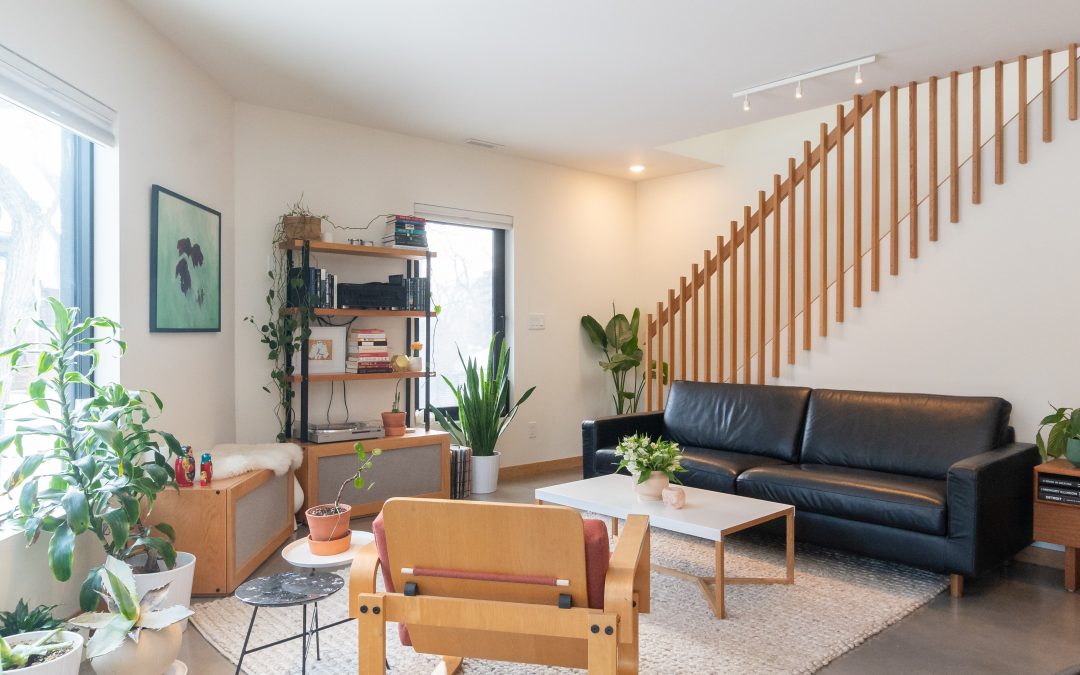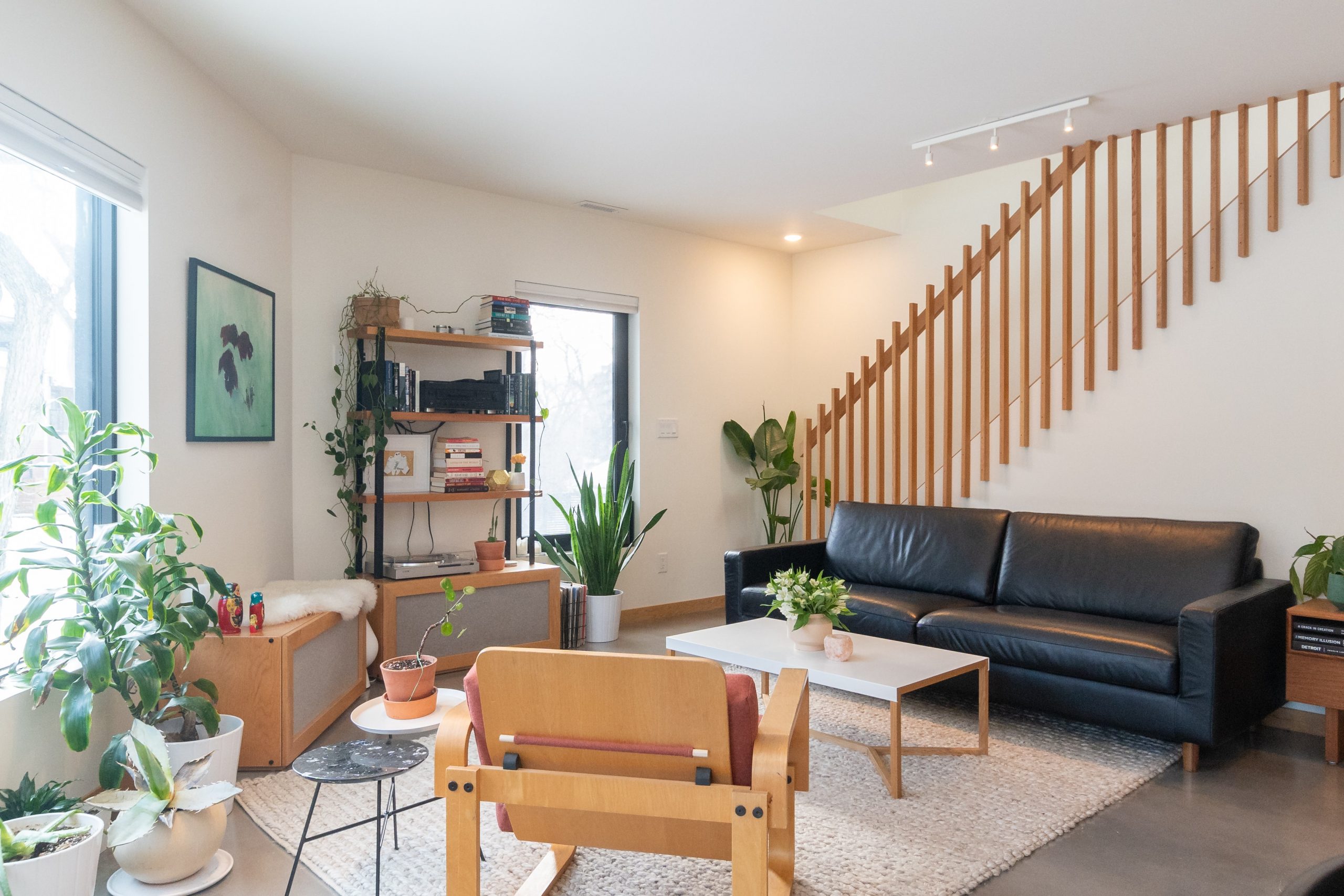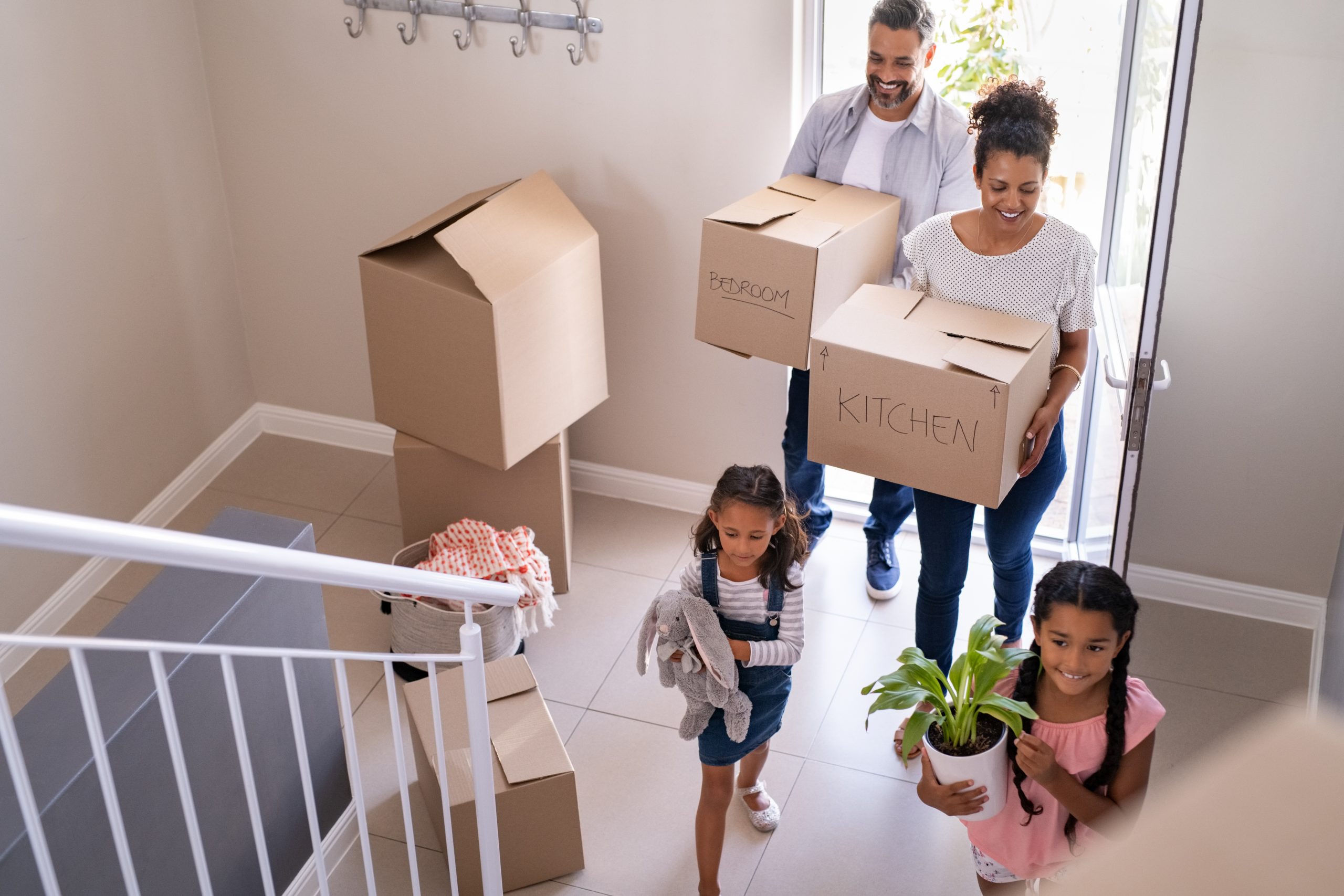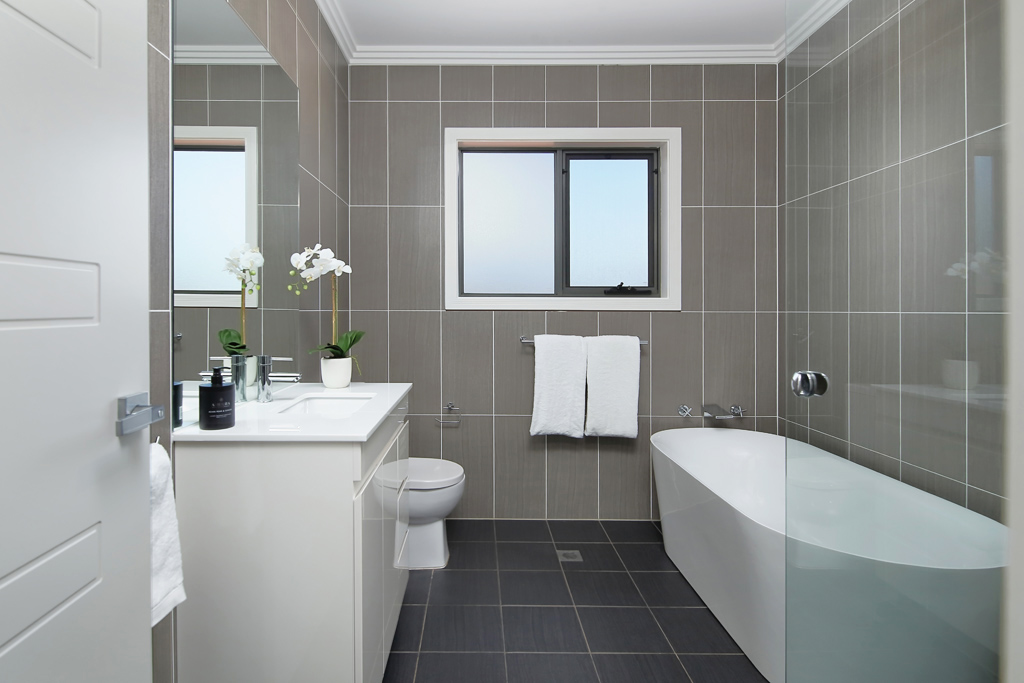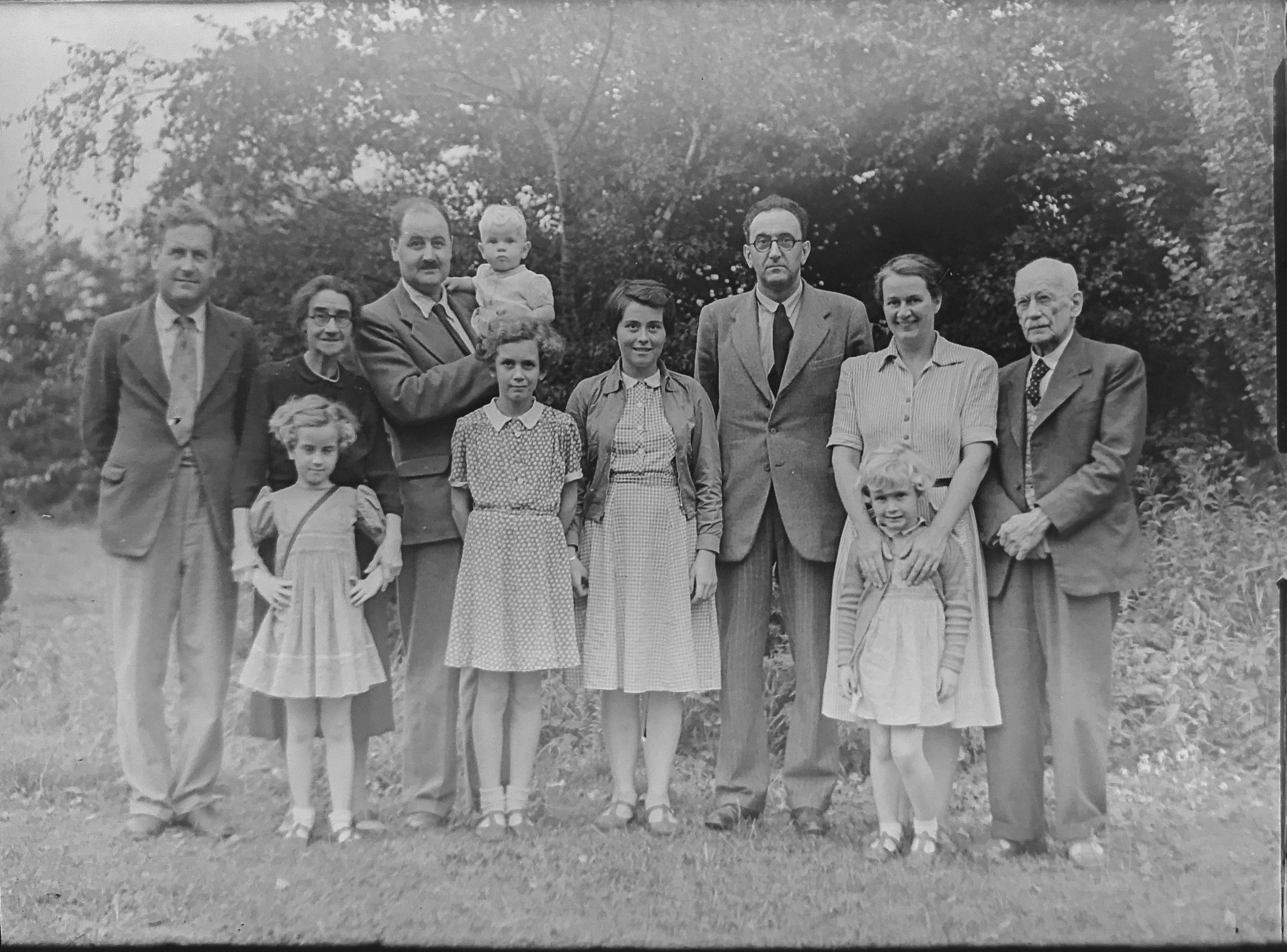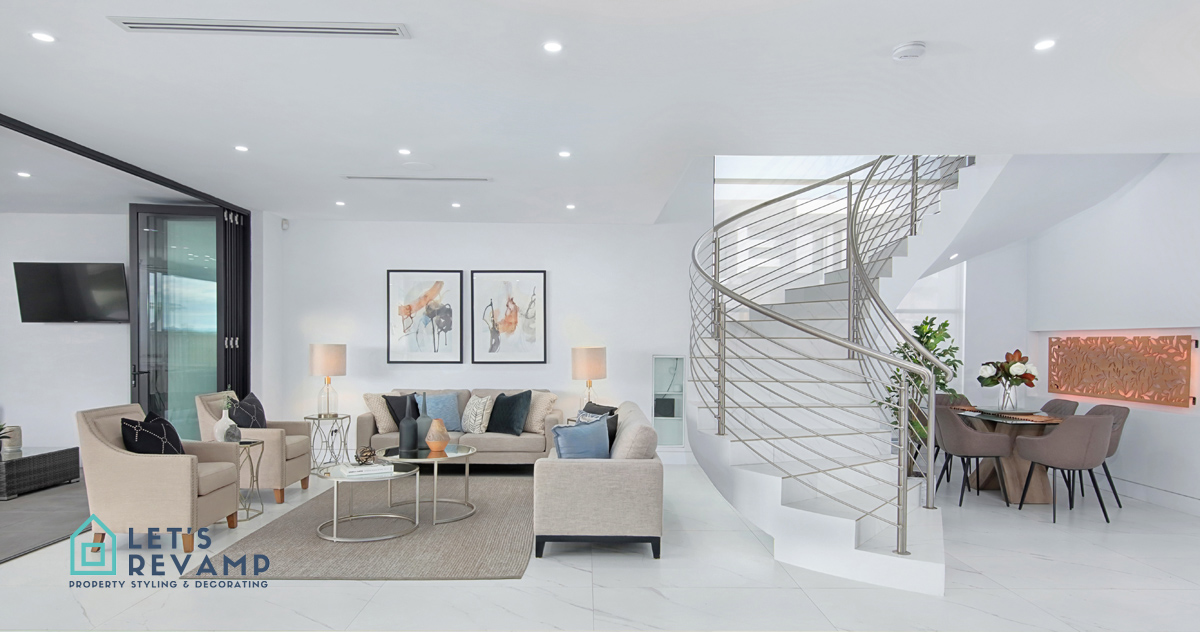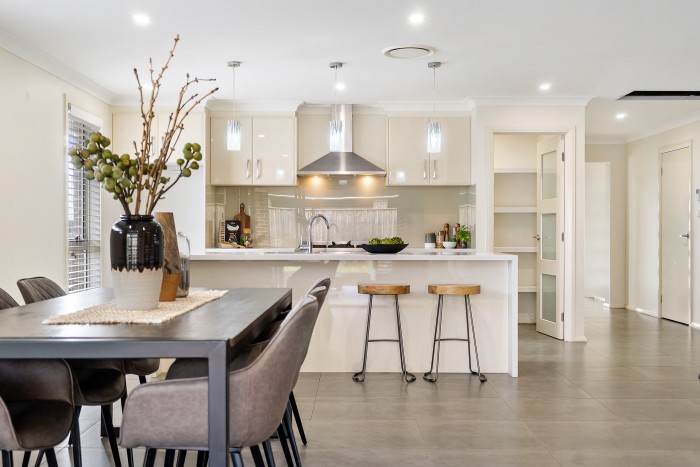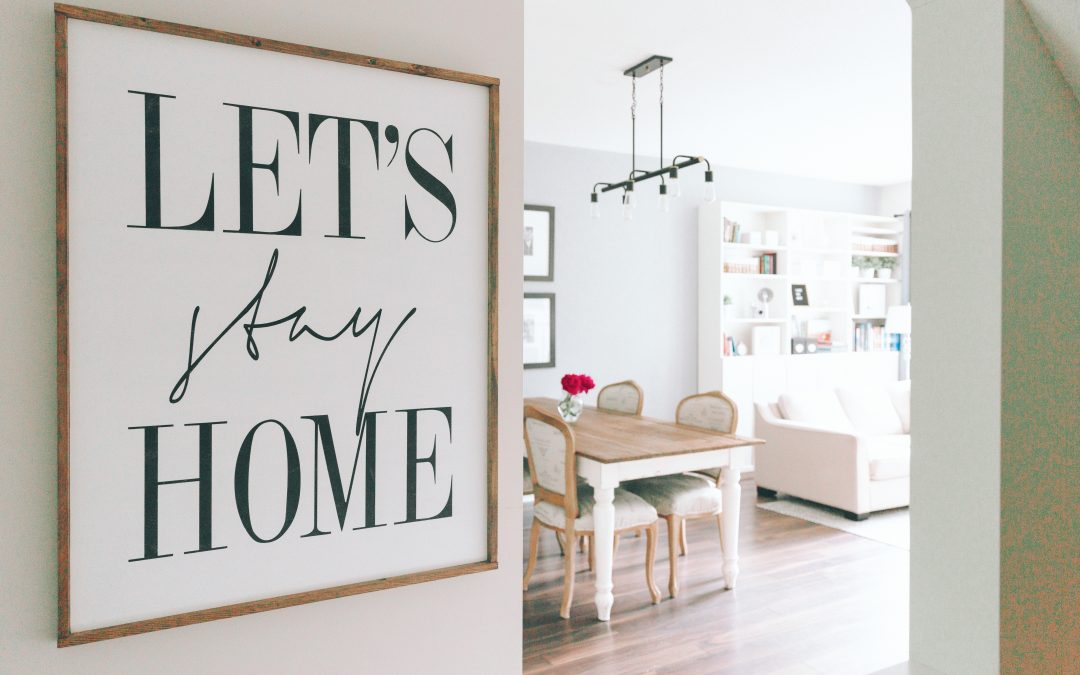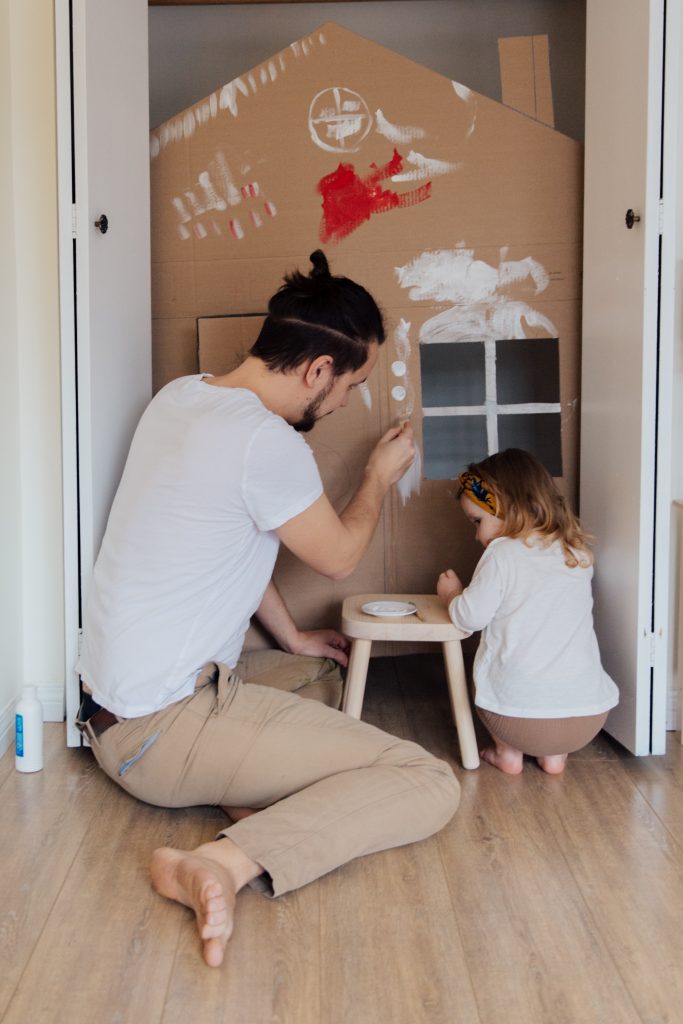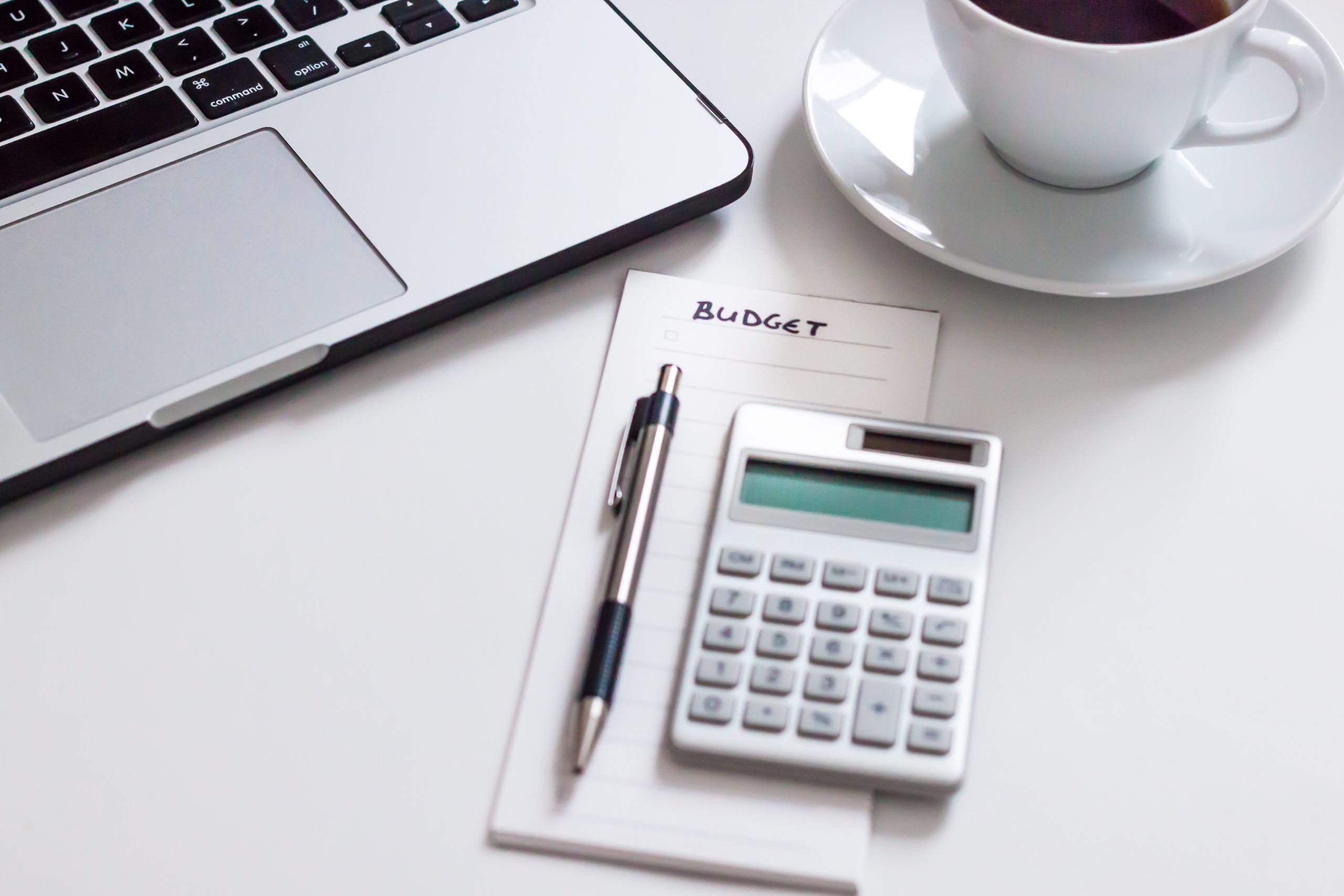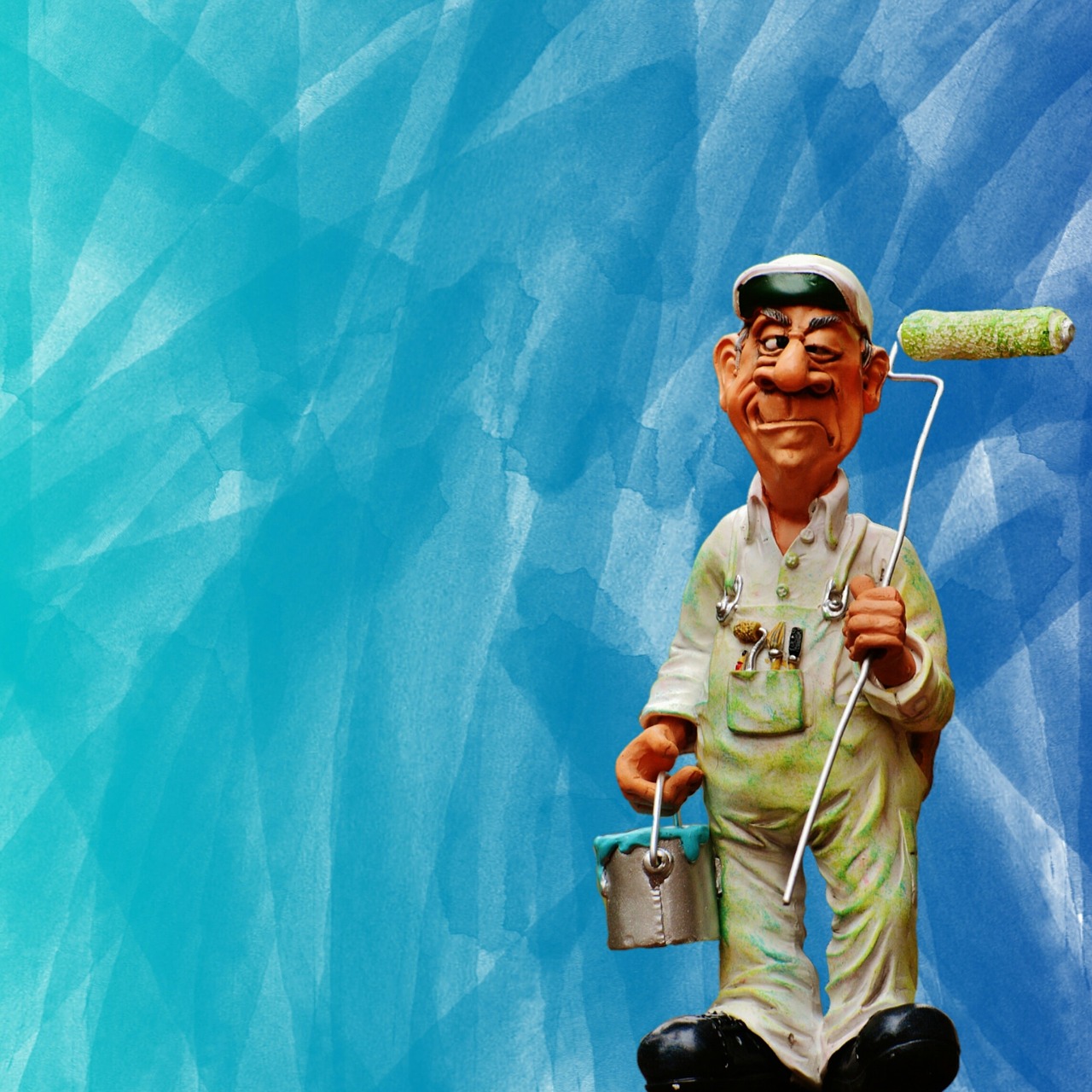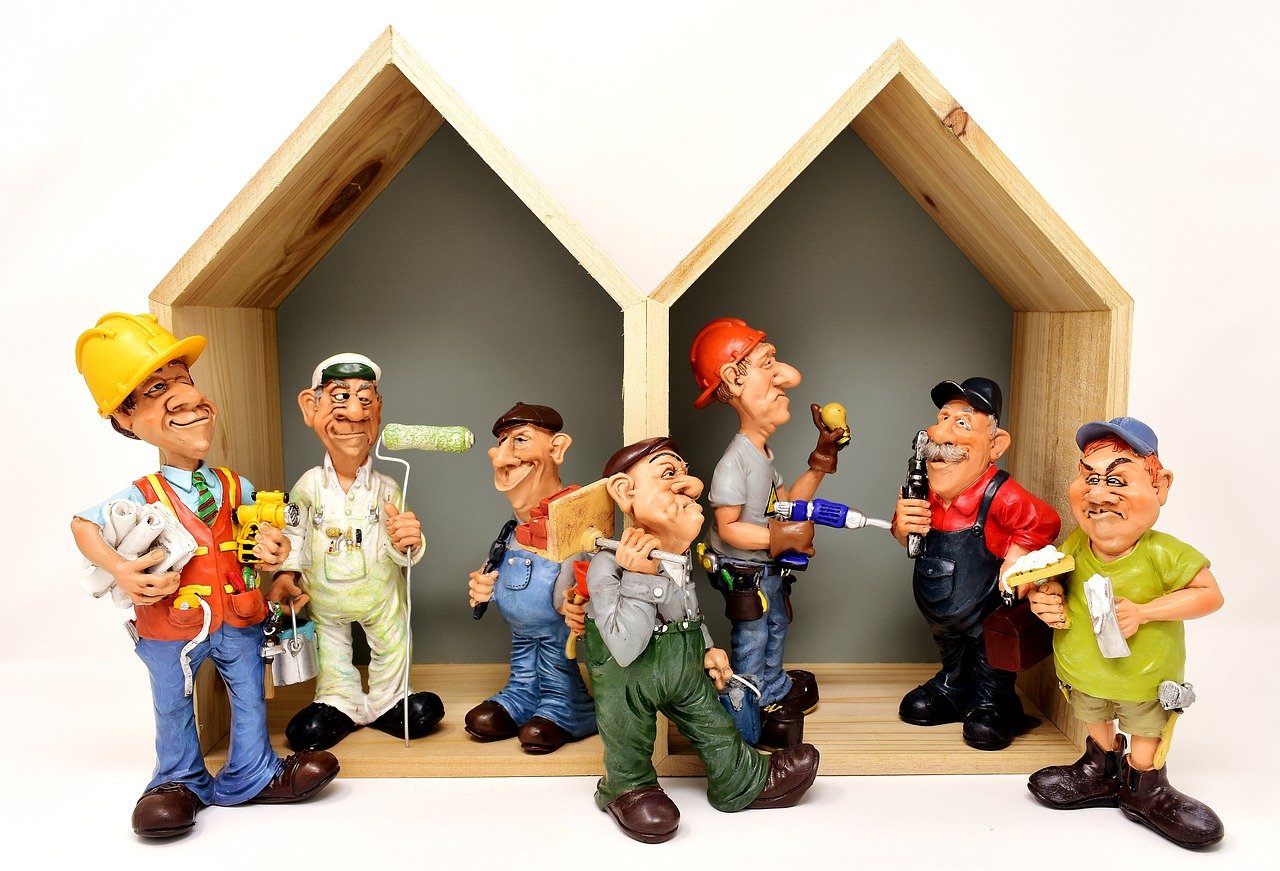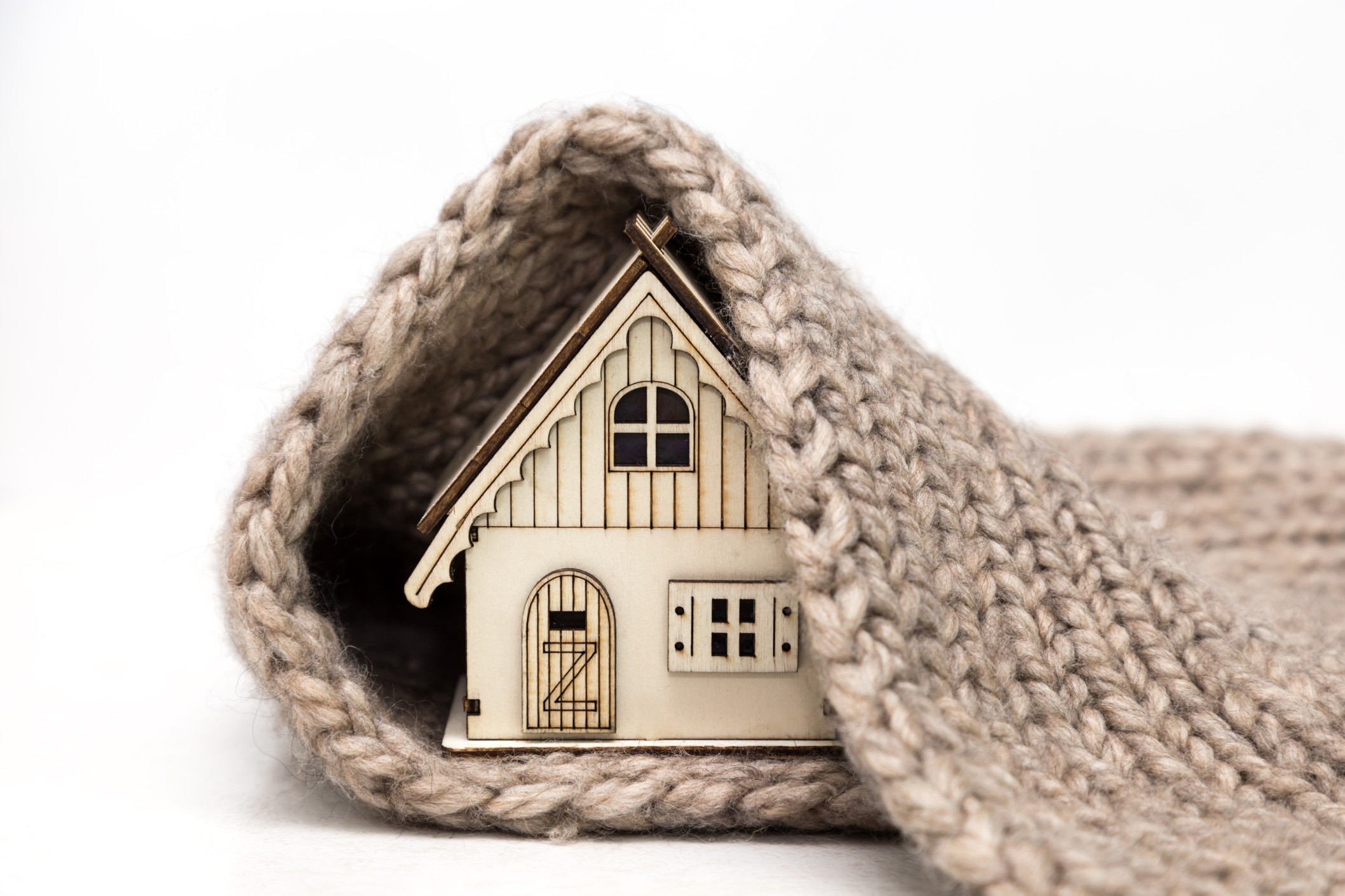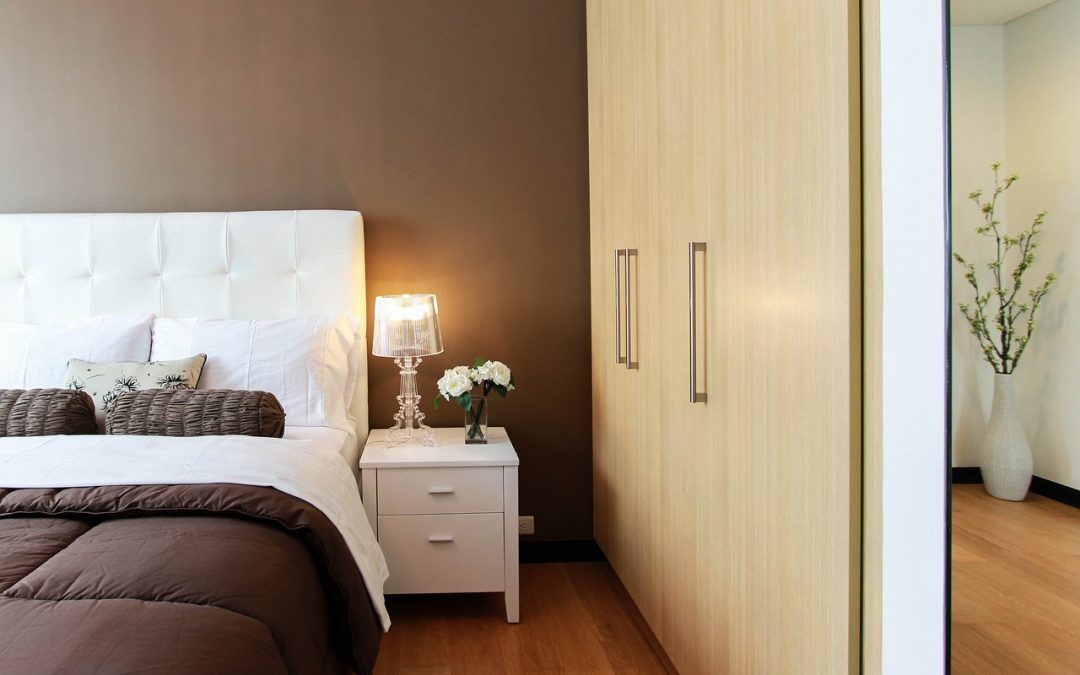
What to Look for When Buying Bedside Lamps
What to Look for When Buying Bedside Lamps
What to look for when buying bedside lamps is not so much about the lamp per se but the difference it will make holistically to the bedroom presentation. You should therefore be looking for a bedside lamp that resonates with your personal preference, the bedroom theme and whether it will be used primarily for decorative or display purposes, for reading (in bed) or ambiance.
1. How tall should a bedside lamp base be?
The ideal height for a lamp base should be approximately the same height as the bedside table it will stand on. Ideally, your bedside table should be similar in height as the bed with the mattress.
Should the bedside table be higher than the mattress, opt for a shorter lamp base. If the bedside table is lower than the mattress, choose a taller lamp base.
NOTE:
While deciding upon the height of the lamp base it would be a good idea to note where the lamp switch is located.
You do not want to get out of the bed to every time to switch off the light or to overstretch when reaching for it. Ensure that the switch is at comfortable arm’s length from your position.
2. What is the ideal height for a bedside lamp
when reading?
When using your lamp for reading or writing when in bed, you will require the lamp to be tall enough to spread light evenly across your book.
Sitting on your bed, the base of the lampshade should be at the about the same level as your shoulder or your chin height. This way you will have enough reading light without the light glaring in your eyes or your head casting shadows.
3. Choosing a bedside lamp for decorative
purposes.
The exact height of the bedside table lamp does not matter when the lamp is used as a decorative accessory item. You can experiment with different textures, colours, patterns, or sizes. Choose a lamp which complements the overall feel and mood of the room.
4. Choosing the perfect shade for your lamp.
Lampshades are not merely a decorative accessory for the lamp base. Their function is to diffuse the light your lamp emits.
The minimum width of your lampshade should be about twice the width of the widest part of your lamp base but not wider than the bedside tabletop, i.e. the width should be a third to a maximum of two-thirds of the bedside table width.
5. Bedroom focal point.
In a bedroom the headboard is usually the focal point, however, the focal point can be shared with the bedside lamps.
The lamp should be in balanced unity with the size of the bedside table and the size of the headboard.

